Good and affordable: That’s the reputation of Voigtländer M-Mount lenses. Over the past 20 years, they have become a serious alternative to Leica optics. But can they hold their own in the supreme discipline of very fast lenses with more demanding focal lengths? This review of the Voigtländer Nokton VM 21/1.4 and 75/1.5 will show you.
We have seen on several occasions that Voigtländer lenses can be of astonishing quality. Just think of the super-small Ultron 35/2 or the excellent APO-Lanthar 50/2. This time I turn to two focal lengths away from the 35/50 mainstream. A 21mm lens offers a really wide perspective with its 90-degree angle of view and has rightfully been a classic for a long time. A 75mm lens, on the other hand, gives a dense, concentrated image with its 32-degree angle of view, creating a slight telephoto effect.
The Voigtländer Nokton VM appeal: Wide aperture is attractive both in a 21 and a 75
Both focal lengths can benefit from a wide aperture: The 21mm lens allows you to play with sharpness and bokeh. This can create interesting effects, as we are all used to wide-angle images where everything is in focus. A fast 75mm lens, on the other side, gives you a razor-sharp depth of field to isolate your subject against the foreground and background—if the lens, camera, and photographer are up to the task.
Leica discovered the appeal of a fast 75mm lens relatively early. The Summilux 75 was a milestone when it was first introduced in 1980 (it was updated twice and finally discontinued in 2005). The Summilux 21 was launched in 2008 and is still available. In both cases, you need a well-stocked wallet to acquire these fast lenses. And some patience to find a good Summilux 75 on the second-hand market.
Two Voigtländer Nokton VM lenses: Odd couple but great travel companions
I cover these two Voigtländer Nokton VM 21/1.4 and 75/1.5 lenses in another joint review. Not because they are particularly similar—in fact, the 1.4/1.5 maximum aperture is the strongest link between them. Other than that, they are very different. For example, the 21 is rather massive, while the 75 is remarkably light.
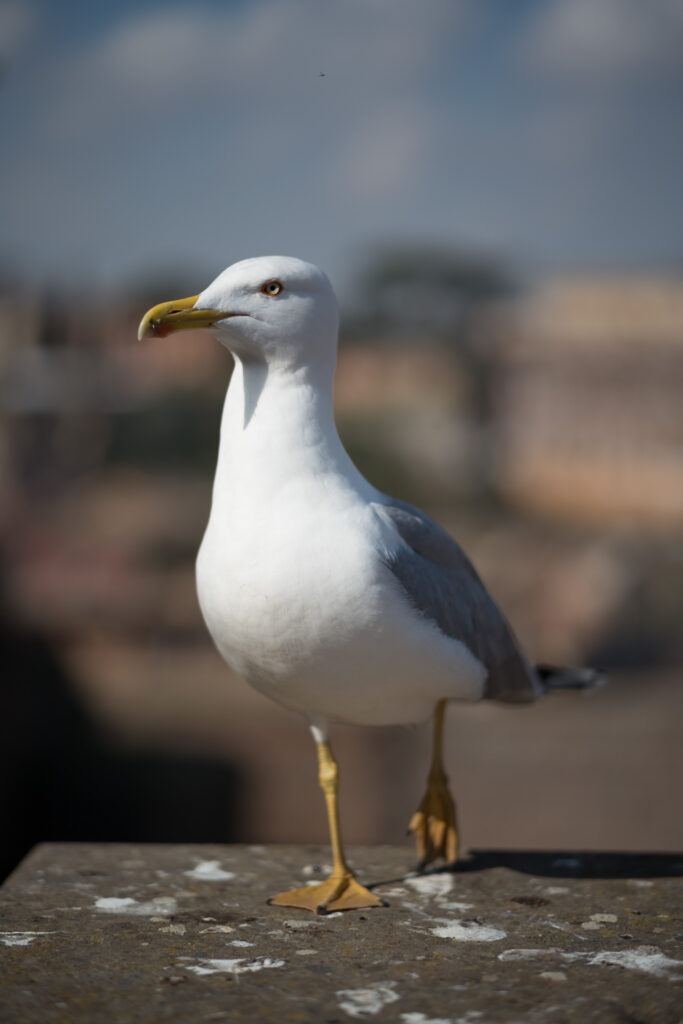
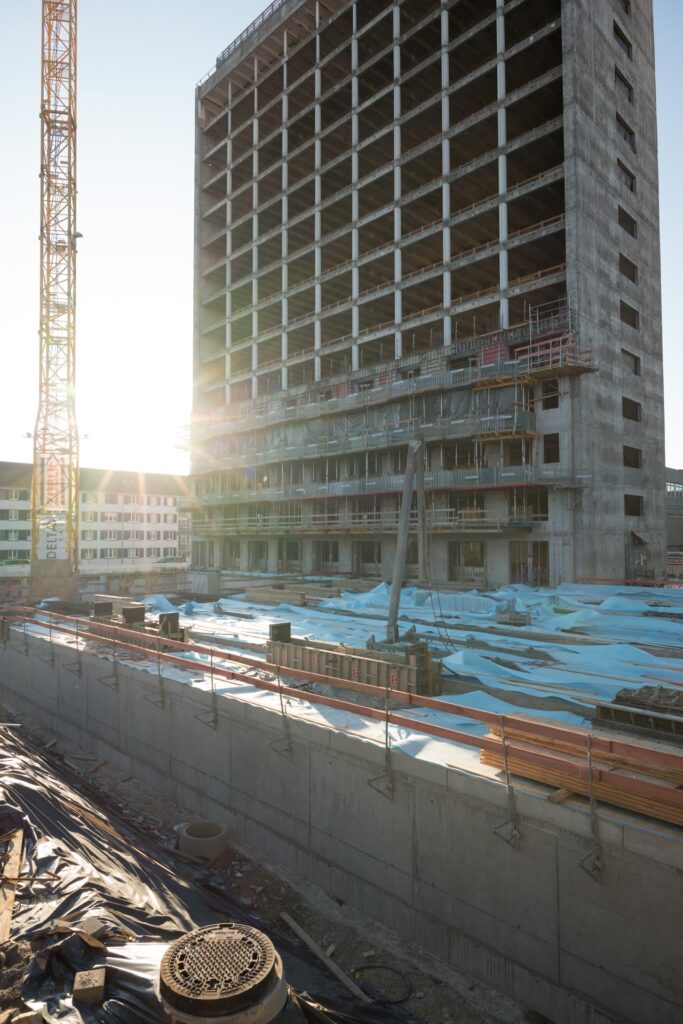
But I think the two make a great combination for reportage or travel photography. With the 21, you have a ‘real’ wide-angle lens, great for vivid perspectives, and thanks to f/1.4, perfect for dark interiors. And the 75 is a portrait/detail lens for focusing on one main subject. This, in turn, is attractive because it is noticeably narrower than a standard 50mm lens.
The Voigtländer Nokton VM lenses did a good job on the SL and M10
I used the two lenses extensively on both the M10 and the Leica SL (Typ 601). I chose the SL, with its still excellent electronic viewfinder, to eliminate errors caused by a less than perfectly aligned rangefinder or limited eyesight. The good news is that both cameras handle these fast lenses beautifully. And it turns out that the SL is a capable platform for M-Mount lenses, but a proper M camera is still better.
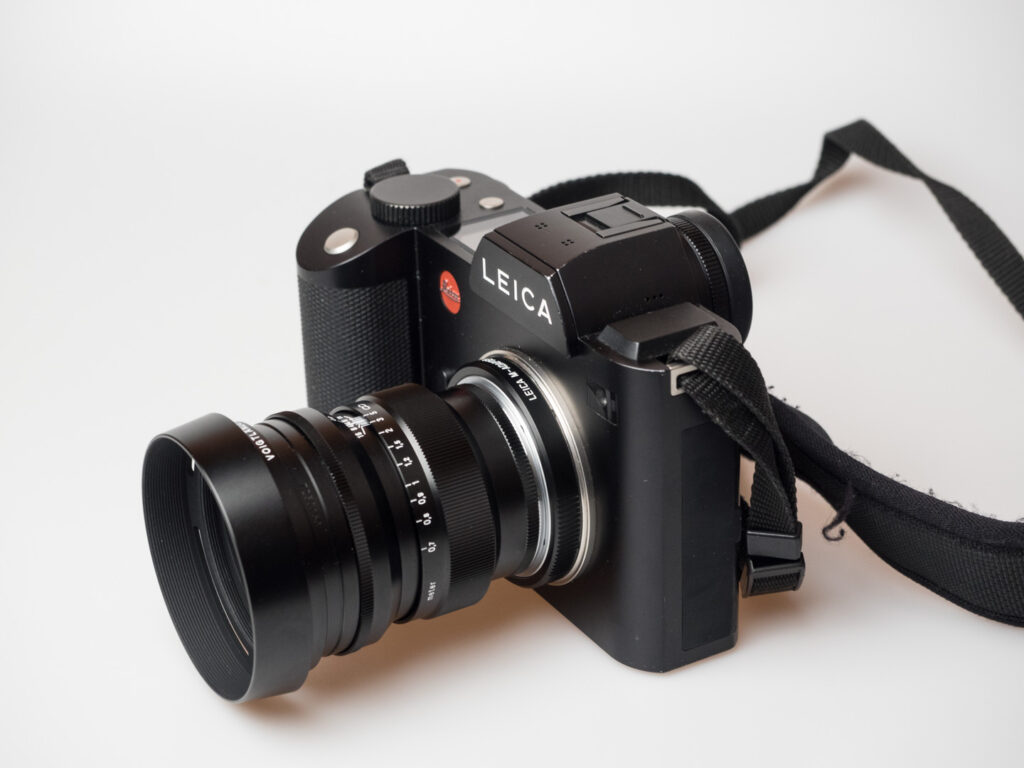
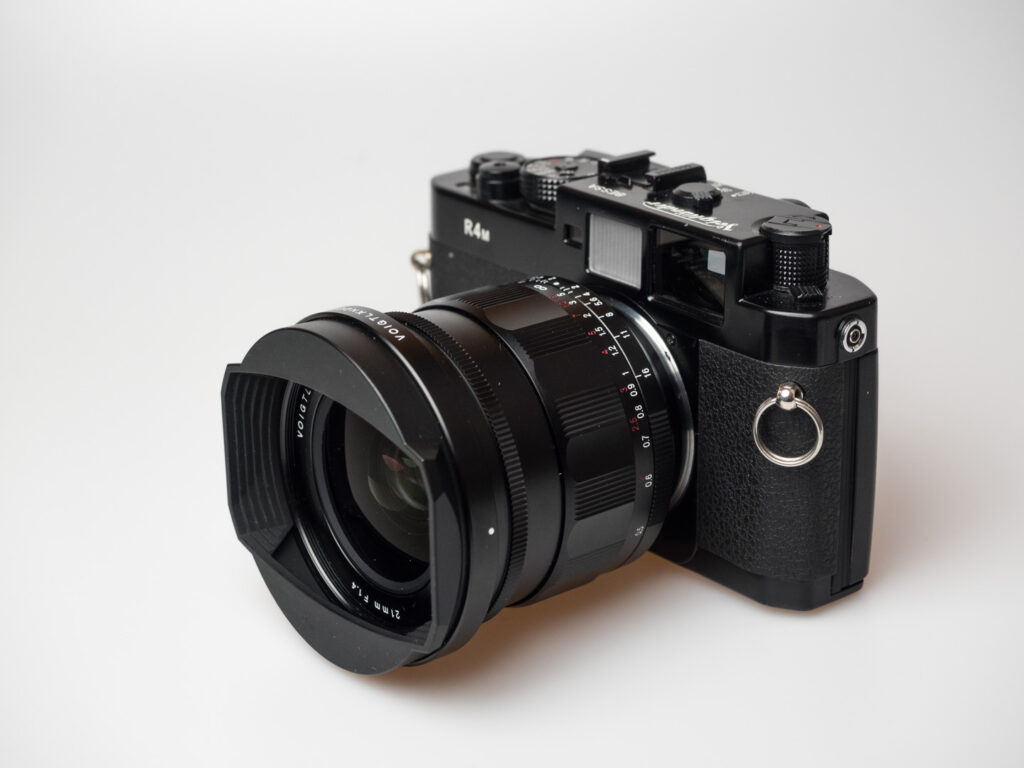
The Voigtländer Nokton VM 21/1.4
The Voigtländer Nokton VM 21/1.4 was introduced in 2020 and is clearly intended to be the successor to the company’s 21/1.8 from 2012. This older lens appears to be still available, but the 1.4 version is only a little heavier and not significantly larger, so there is no real reason to go for the f/1.8 lens. Until Voigtländer’s 21/1.4 came out, Leica could claim to have the world’s fastest 21 (in fact, Sigma has had a 20/1.4 since 2015).
Technical data, scope of delivery, price and availability
The Voigtländer Nokton VM 21/1.4 is one of the largest rangefinder lenses I have ever used. It has a remarkable diameter of 69.5mm and an overall length of 69.7mm. These proportions make it look somehow compact, but the weight of 530g (as in my bag, with both caps and hood—486g naked) reminds you that this is a big lens. The Nokton comes with a lens hood that is designed to avoid encroaching on the rangefinder window. A pouch is missing. The lens costs €1,299 (RRP) as of July 2023 and is only available in black only.
Voigtländer Nokton VM 21/1.4: Optics and rendering
Lens design
The Voigtländer Nokton 21/1.4 is a rather sophisticated design, with no fewer than 13 elements in 11 groups. Two elements have two aspherical surfaces each; three lenses are of the abnormal partial dispersion type. And the engineers seem to have much confidence in the close-focus performance of the Nokton: It focuses down to 50cm – this is certainly thanks to a floating element. All in all, all stops are pulled in this design.
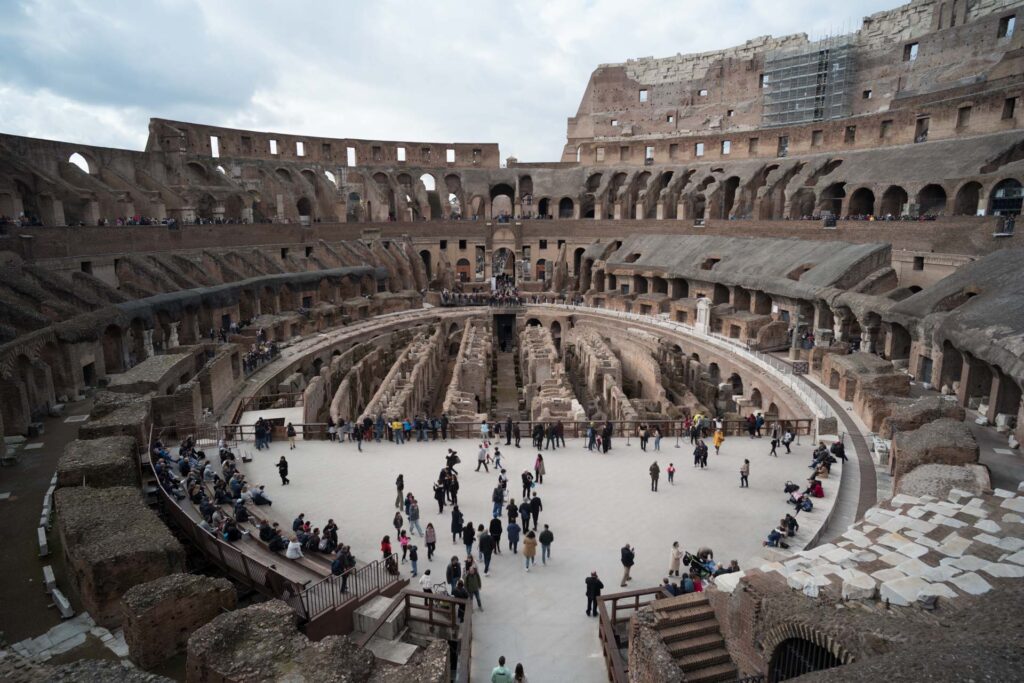
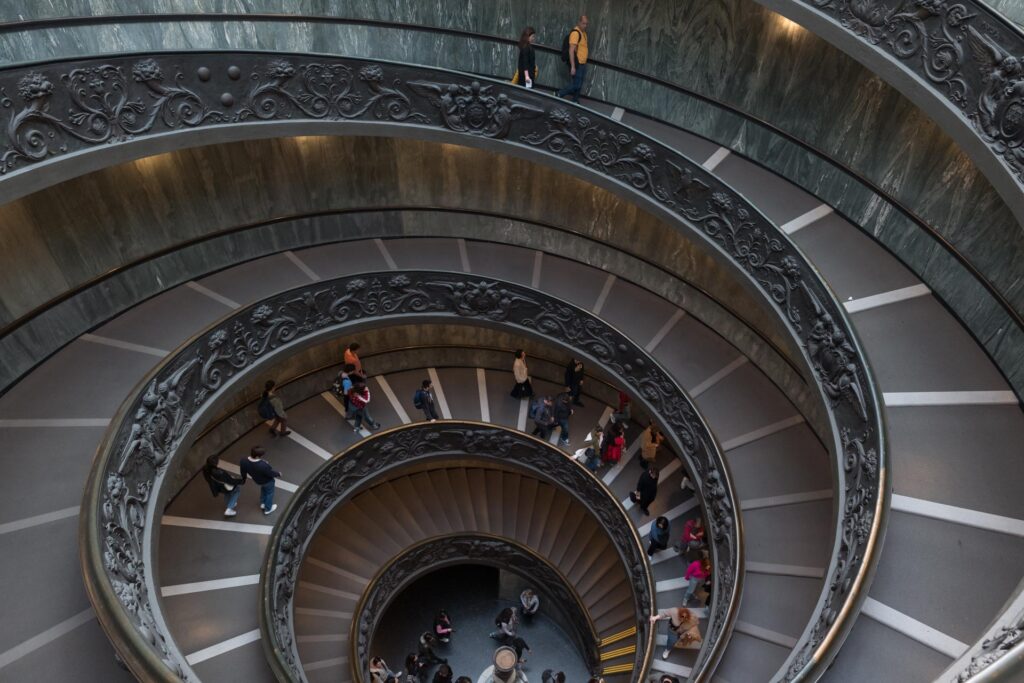
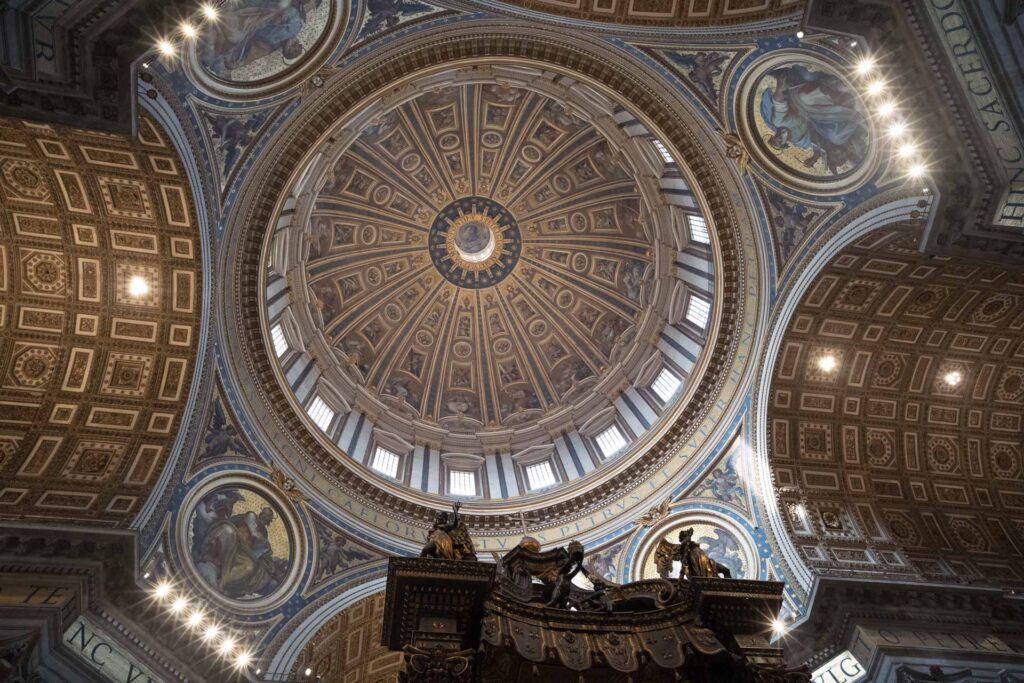
Colour drift and vignetting
Wide open, the Voigtländer Nokton 21/1.4 shows a considerable amount of vignetting. If this bothers you, you can easily fix it in post-production. There is also a Lightroom profile for the lens (the M lens profile for Leica’s Summilux 21 cannot be selected on my M10, so this workaround is not possible). At f/2.8, vignetting almost vanishes. I saw no colour drift, also known as ‘Italian flag syndrome’, which a common problem with wide-angle lenses. This is impressive and shows how far the Voigtländer designers have come.
Chromatic aberration
We have learned that chromatic aberration can also be present in wide-angle lenses. What film may have hidden, the high-resolution sensors bring to light. However, I was unable to produce any significant CA with the Nokton. Directly against the sun, the occasional tree branch might not be perfectly black. But all in all, this is certainly another strength of the lens and another reason why many of the images look so wonderfully sharp.
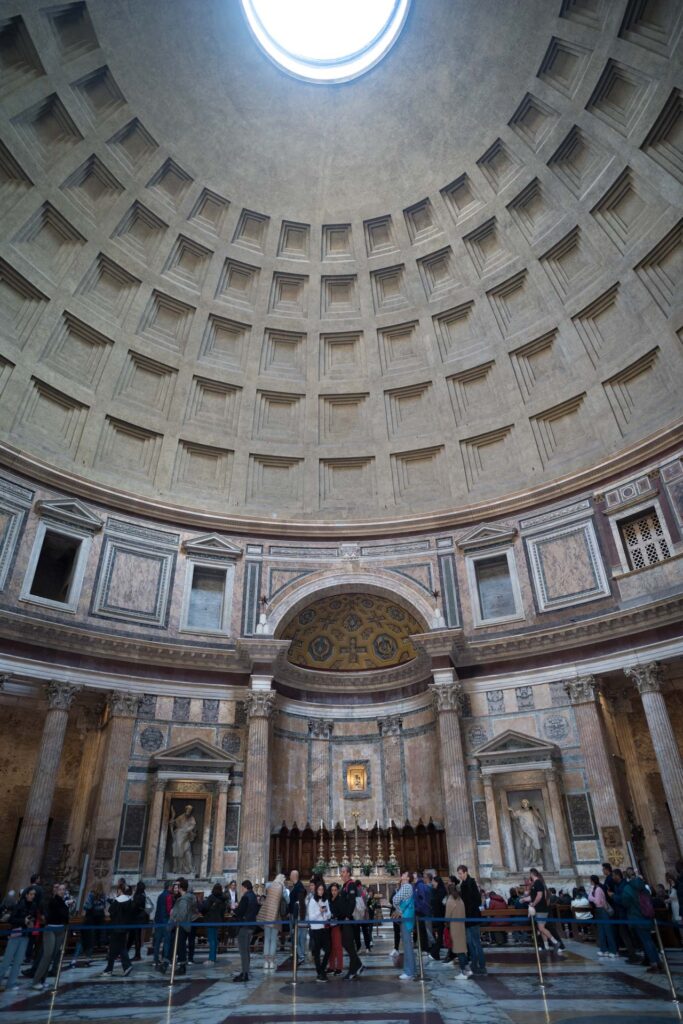
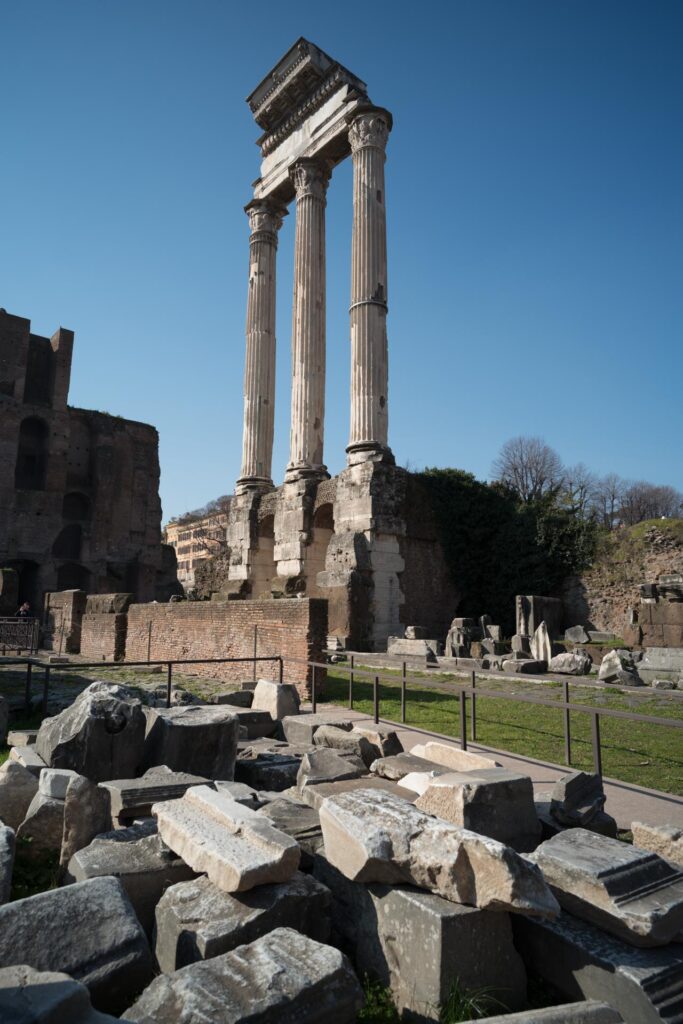
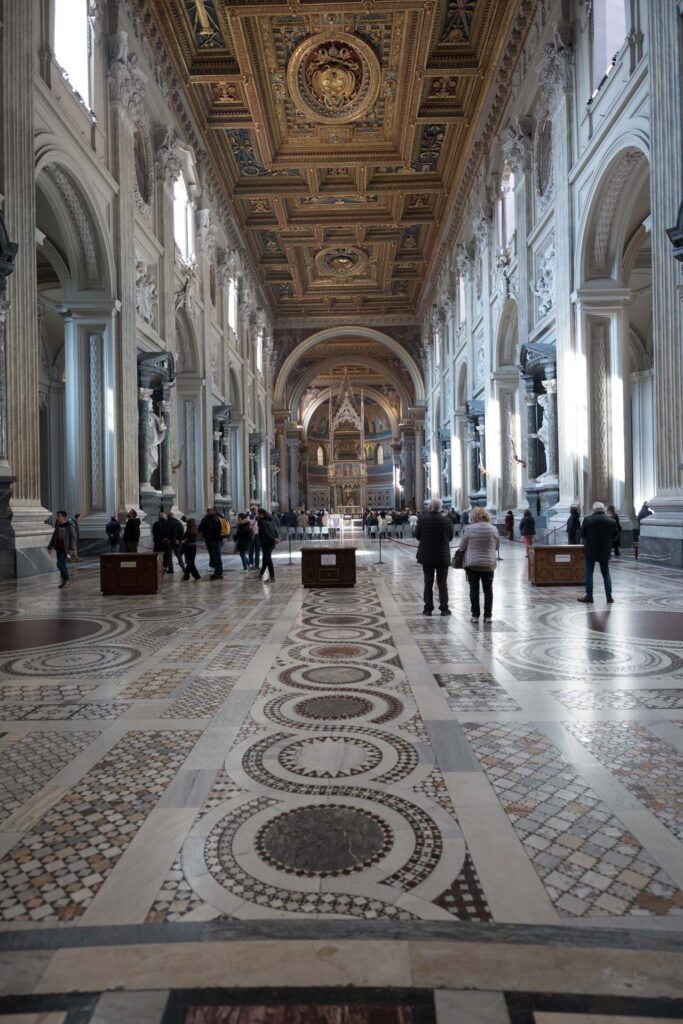
Sharpness
When used on the rangefinder camera and with classic focusing through the optical viewfinder, I got sharp results, but framing is cumbersome when you have to work with two viewfinders. Much more practical was the SL with its still excellent EVF (sometimes with, mostly without focus peaking). I saw exceptional sharpness across the field when stopped down to f/4 and good sharpness in the centre at f/1.4. Even at full speed, the Nokton is capable of producing images with plenty of detail. I can imagine this is a wonderful lens for astrophotography, but that is not what I do (yet).
Bokeh and flare
In extreme conditions, it is possible to provoke some flare with the Voigtländer Nokton 21/1.4. Especially with the sun just outside the frame, where the small lens hood is of no help, you can see a lack of contrast or outright veiling. For the most part, however, this lens performs beautifully even in very challenging lighting conditions. Bokeh becomes a significant factor in composing your images at close range and wide open. At f/1.4, the depth of field is only 45mm at 50cm distance and just 18.8cm at 1m (here is a helpful calculator). The out-of-focus areas are contrasty, with a bokeh tending to be a somewhat aggressive. The transition between sharp and unsharp is very smooth but a little undefined, in my opinion. But again, your taste may differ.
My verdict, optics
The Voigtländer Nokton 21/1.4 is a remarkable achievement in optical design. It shows hardly any weaknesses. Combined with the relatively low price, this lens is optically convincing and can serve for many a photographic purpose.
Voigtländer Nokton VM 21/1.4: Mechanics and handling
Overall appearance
As already mentioned, this lens is large and heavy. In this respect, it stretches the concept of a small and lightweight rangefinder lens. On the other hand, it is a superfast wide-angle lens. The supplied lens hood attaches to a well-designed bayonet mount—but this is where one big downside of this lens comes in. With the hood attached, it is impossible to remove or attach the 62mm front cap. Basically, this means that you can either use the hood or the cap. A Leica-style slip-on cap would have been much better.
Build quality
The lens appears to be very solid, all metal and glass. The focus and aperture rings are extremely smooth, with half stops for the aperture. The one-third f-stops offered by Zeiss always seemed a bit much of a good thing to me. The filter thread mount (62mm, a common size) is also made of metal and seems sturdy. Certainly, an advantage over the Leica Summilux with its hard-to-find Series VIII filters.
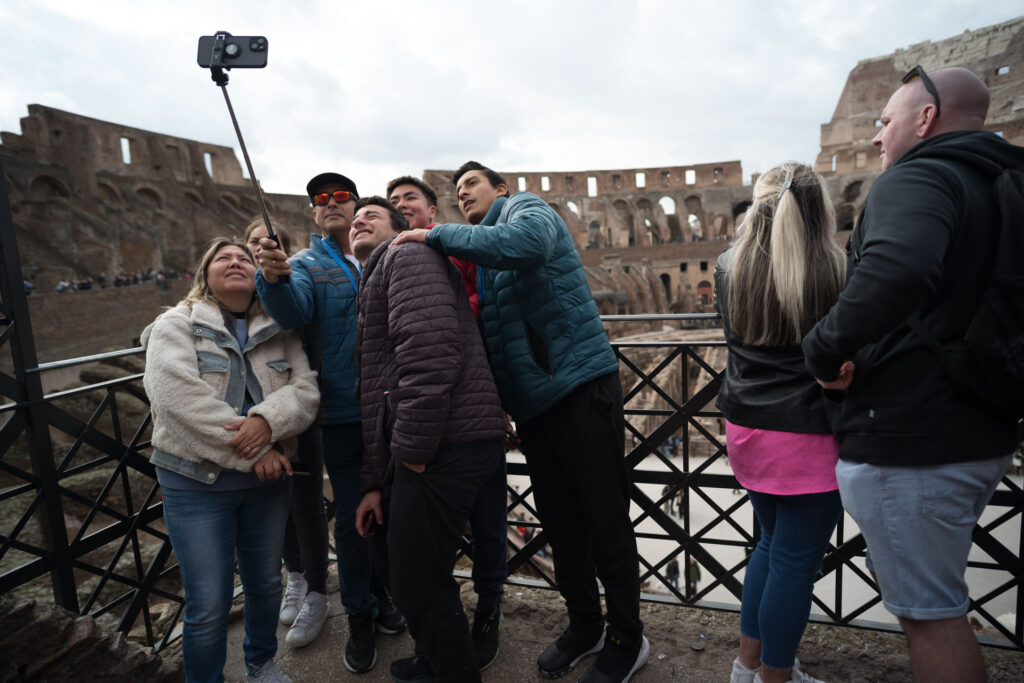
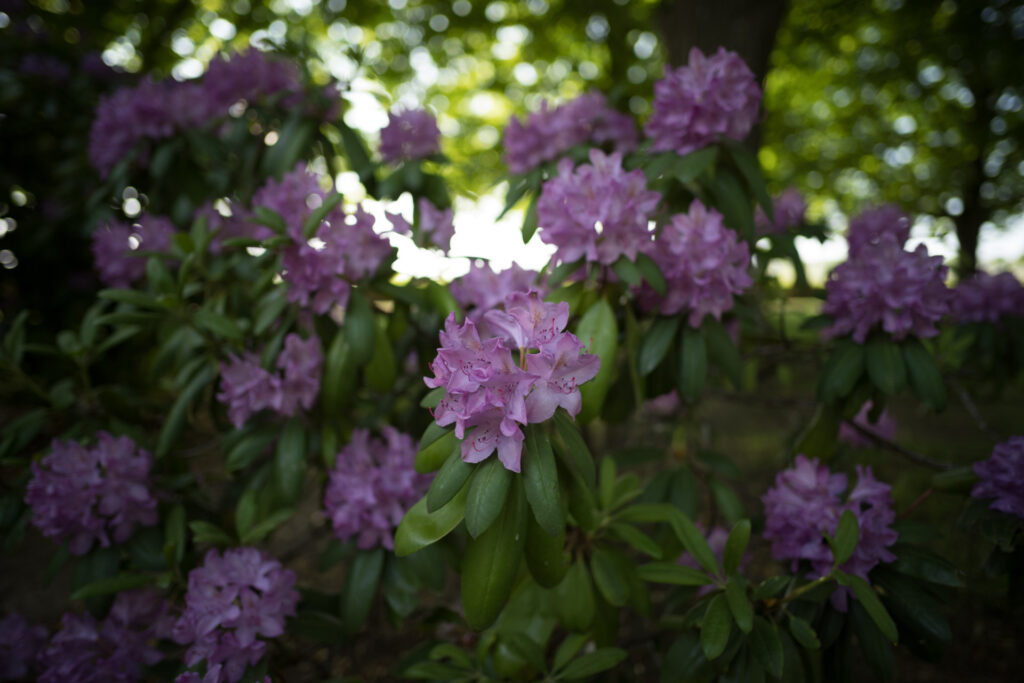
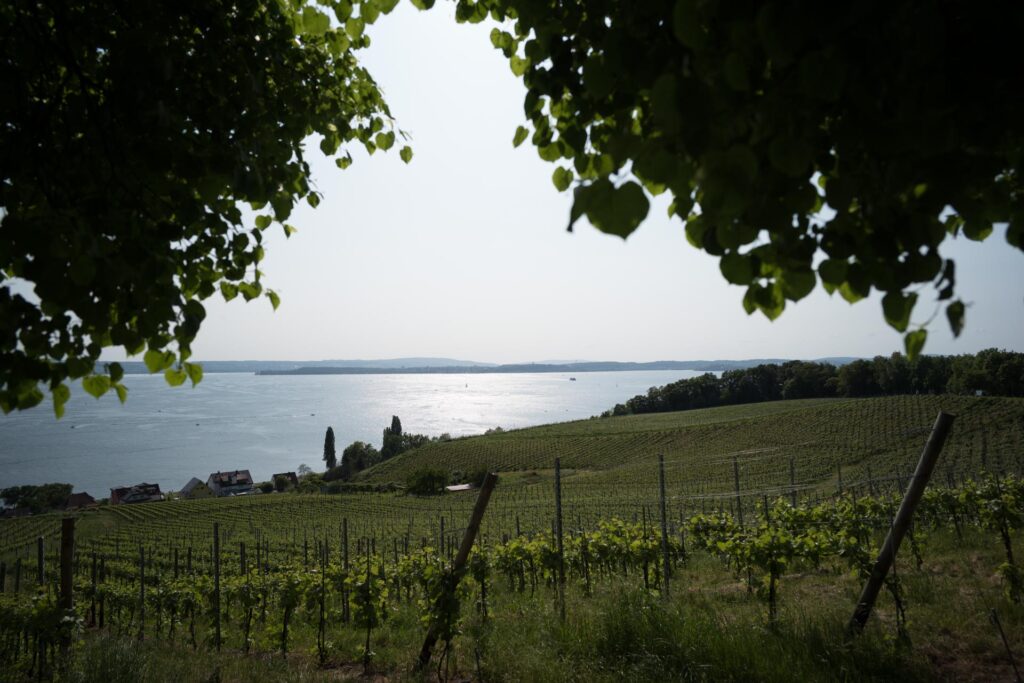
Focusing
From the close focus limit of 50cm to infinity, the throw is about 90 degrees, which is ideal for me. Even at full aperture, the focus point can be set very precisely. The wide focusing ring in the classic Leica look (scalloped focusing ring) is easy to use and gives good haptic feedback. There is no focus tab.
Viewfinder
The Leica M’s built-in viewfinder is massively blocked. It only supports lenses from 28mm anyway, so it makes little sense to use it for framing. Even the image in an external 21mm viewfinder, attached to the hot shoe, is seriously blocked. The other is for focusing, which works perfectly with the rangefinder. For the best handling, I think an electronic viewfinder is the way to go. Blockage is not an issue then, of course.
My verdict, handling
It’s big and heavy, but still easy to handle. The Voigtländer Nokton 21/1.4 is a solid, well-made and sturdy lens. The biggest drawback in normal use is the annoying conflict between the lens hood and the front cap.
Alternatives to the Voigtländer Nokton VM 21/1.4
When it comes to superfast 21mm M-Mount lenses, there are several options. The first that comes to mind is the Leica Summilux 21. This is a lens of similar dimensions but at a very different price. At €7,800, the Summilux costs six times as much as the Nokton. On the other hand, there is the TTArtisan 21/1.5, which is nominally a little slower, but costs less than half as much as the Nokton.
Unfortunately, I did not have the opportunity to do a side-by-side review of the three fast M-mount 21s. However, I did manage to work with the Summilux 21 a few years ago, and the results were excellent at full aperture and stopped down. Still, using Series VIII filters for my black-and-white work proved awkward, and this filter size is hard to find these days. The TTArtisan may be reviewed at a later date for The M Files. At first glance, this China-made product appears to be a rather bold copy of the Leica lens.
If f/1.4 is not necessary, there are many options when it comes to M-Mount 21mm lenses. With an aperture of f/2.8, the Zeiss Biogon 21/2.8 (review in The M Files) and the (discontinued) Leica Elmarit 21/2.8 come to mind. If an even slower lens is acceptable, the Leica Super-Elmar 21/3.4 is an excellent choice. The Voigtländer Color-Skopar 21/3.5 (review in The M Files) also deserves a mention. Other options from Voigtländer and Konica can be found in the M Files Navigator.
Voigtländer Nokton VM 21/1.4: The bottom line
The Voigtländer Nokton is an excellent choice if you really need a very fast, super wide-angle lens with M-Mount. And it comes at a reasonable price. Stopped down a little, it performs at a near-perfect level, perhaps not as well as the Leica 21/3.4, but still impressive. As a bonus, you get two extra stops compared to most other 21s. The penalty you pay is in size and weight.
Voigtländer Nokton VM 75/1.5
The Voigtländer Nokton VM 75/1.5 (the VM means Voigtländer M-Mount) is another fairly new design. The lens was launched in 2019, but the company had a Color-Heliar 75/2.5 for LTM screw mount as early as 1999. In 2010, the Heliar 75/1.8 followed. All these lenses are now discontinued. In 2023, Voigtländer added a new Ultron 75/1.9 with a new optical formula to the line-up.
Technical data, scope of delivery, price and availability
The Voigtländer Nokton VM 75/1.5 is a compact short telephoto lens, all the more given its wide aperture. It is 70mm long (with the ring for the lens hood attached) with a maximum diameter of 63mm. Weight is 386g as-in-my-bag (with caps, hood, and hood mounting ring) or 339g naked. The beautifully made, vented hood is included (thanks, Voigtländer), but a pouch isn’t. Third-party alternatives are widely available. The filter size is 58mm. The lens comes in both black and silver at a recommended price of €999.
Optics and rendering
Lens design
With seven elements in six groups, the design of the Voigtländer Nokton 75/1.5 is not unusual for this focal length: The Leica Summilux 75 was also a seven-element design. The much newer Voigtländer, however, uses one aspherical element and several special glass elements. It has the twelve aperture blades that have become something of a Voigtländer standard. This allows for very attractive sun stars, something that is hard to find in telephoto lenses. The fast f/1.5 aperture is remarkable, although the engineers obviously did not manage to create a more standard f/1.4 design.
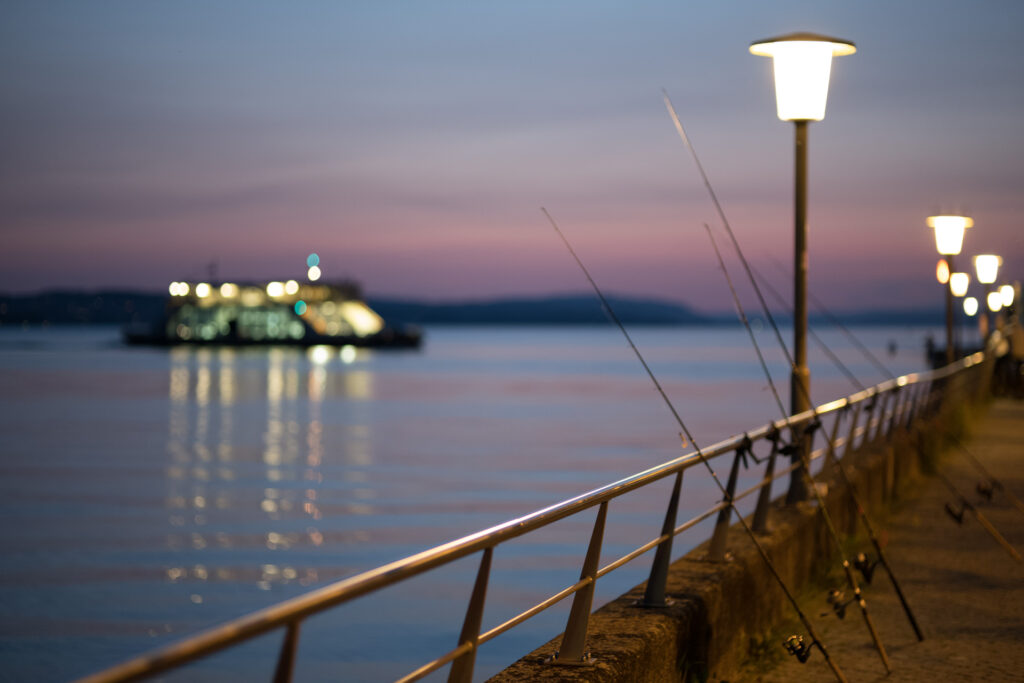
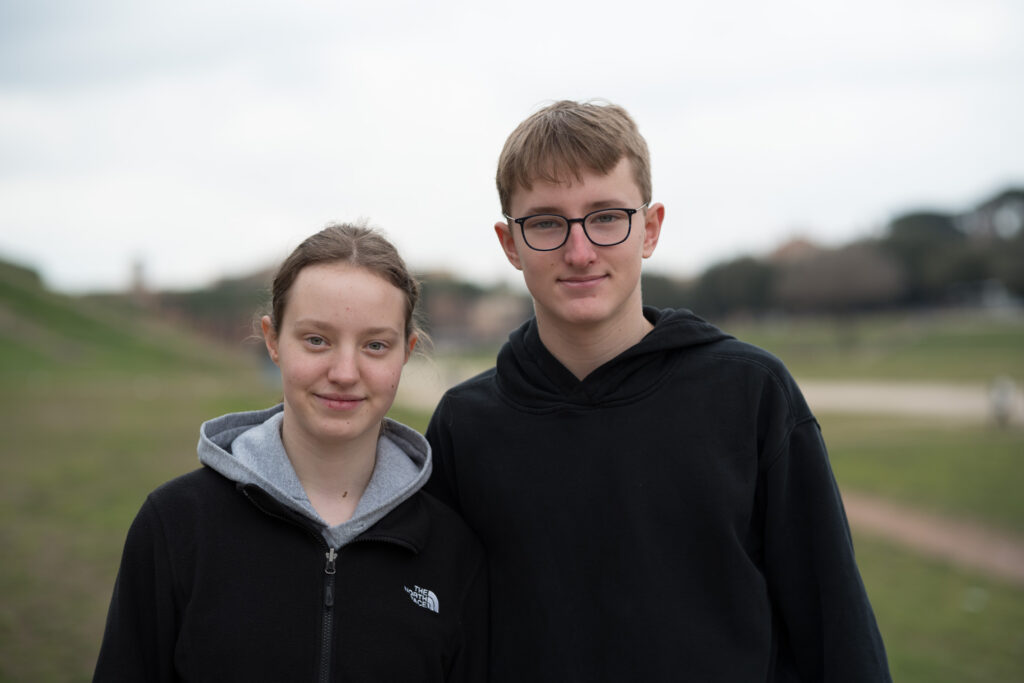
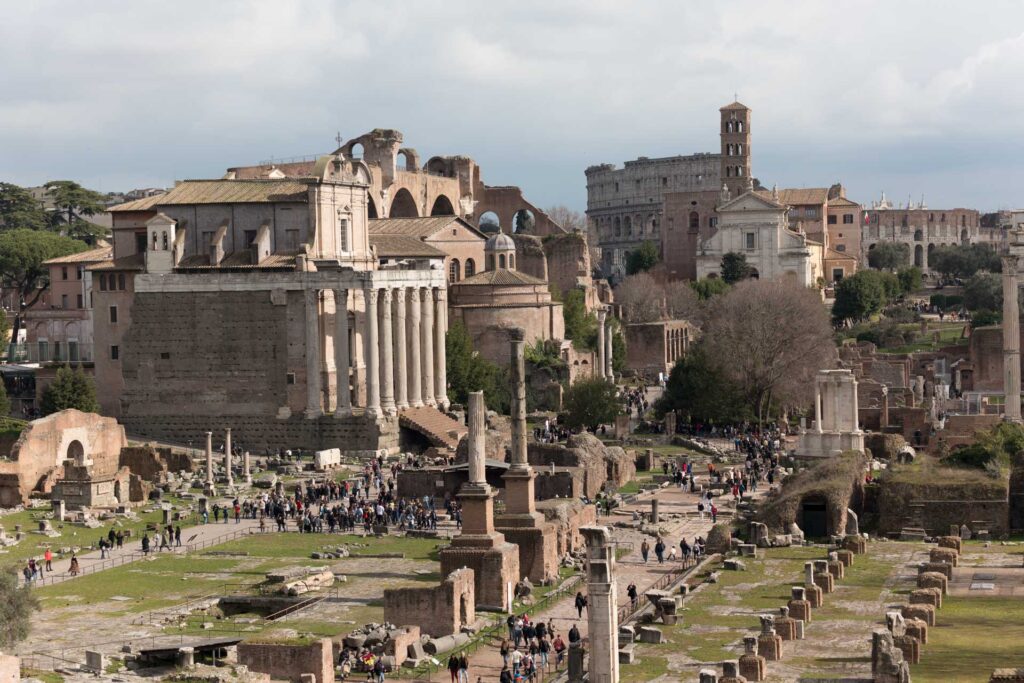
Colour drift and vignetting
The Nokton shows considerable vignetting at wide apertures. You can correct much of it by manually selecting the 75/1.4 (11814/11815/11810) lens profile on a digital Leica M. A Lightroom profile can also take care of the problem in post-processing. In the high ISO range, expect more noise in the corners. Above f/2.8, vignetting is negligible. There was no colour drift in my tests.
Chromatic aberration
CA is a major reason why images appear to lack sharpness—the longer the focal length, the greater the problem. That said, the 75/1.5 is good, and if you consider that it’s an f/1.5 lens, it’s even excellent. Stopped down to f/4, most of the CA disappears.
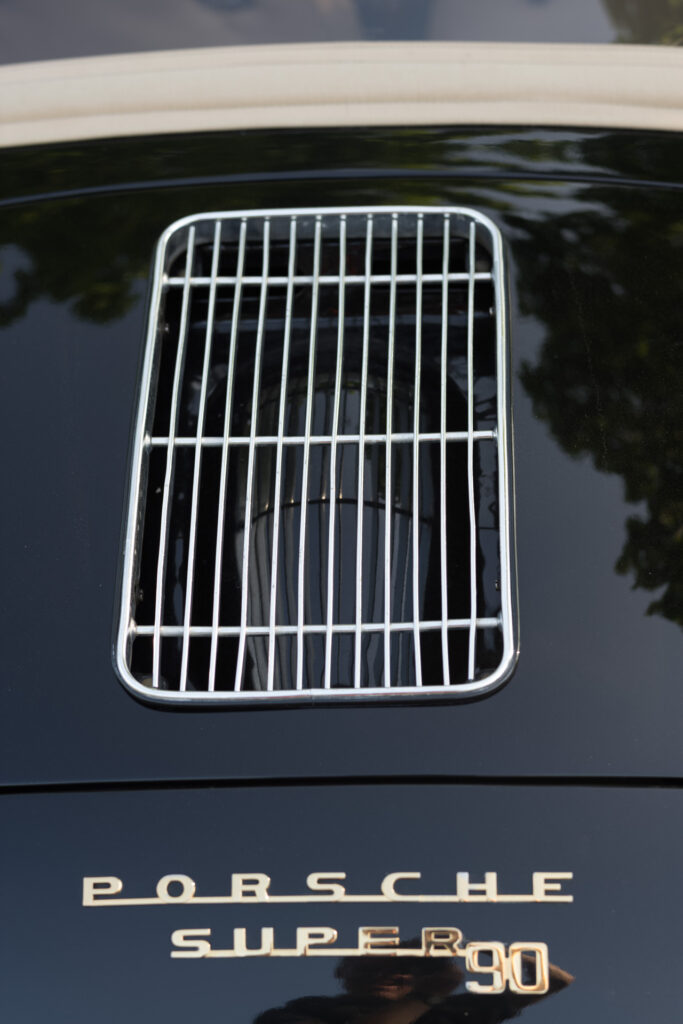
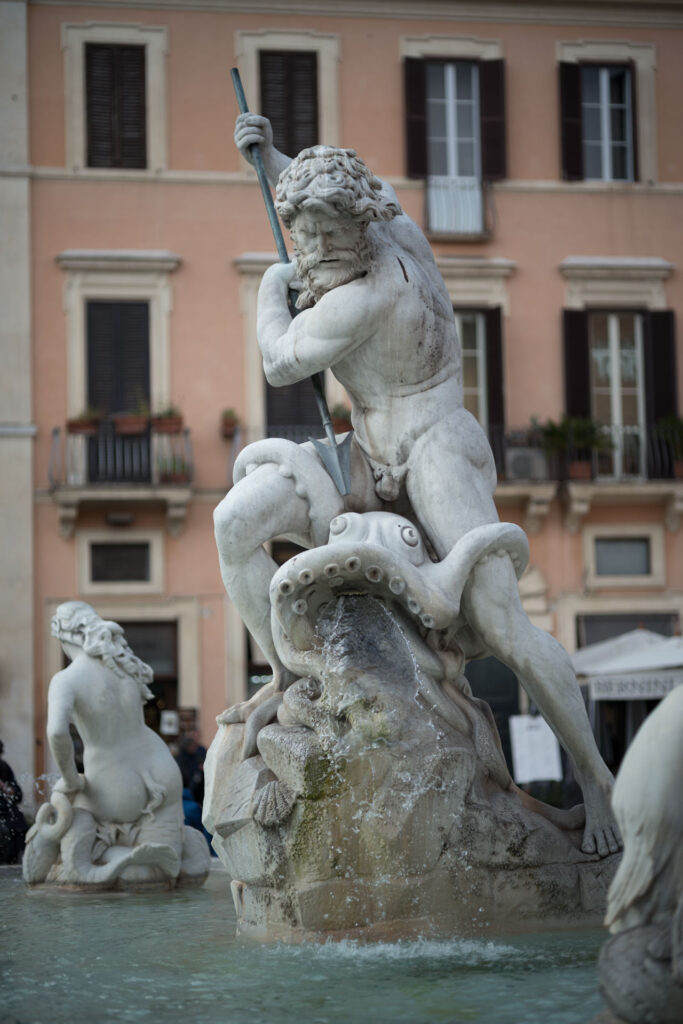
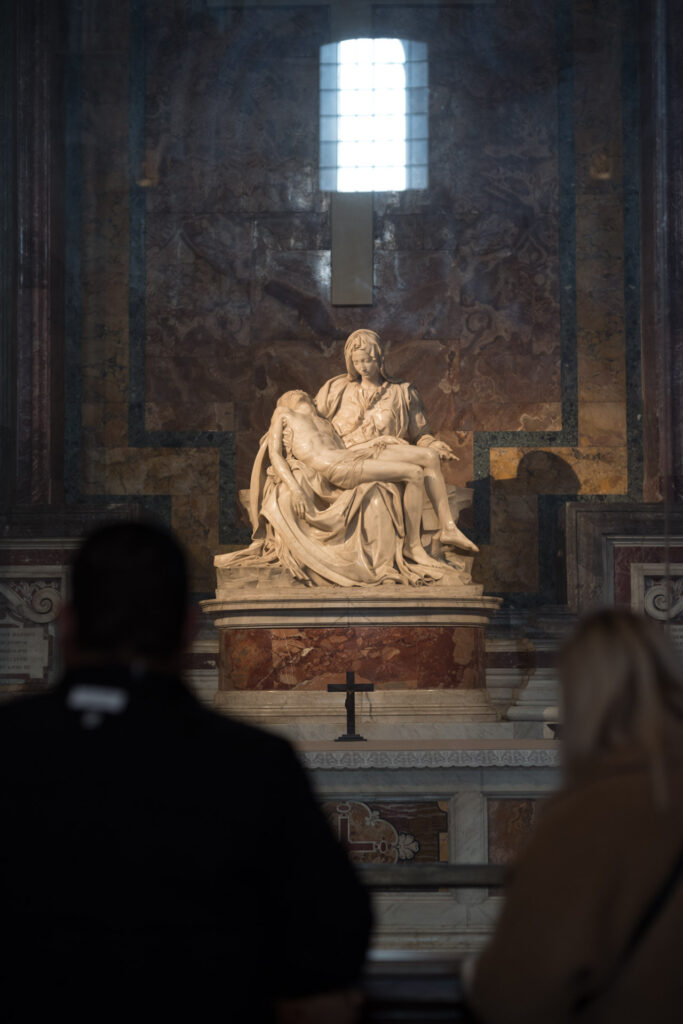
Sharpness
Arguably the biggest drawback of the Voigtländer Nokton VM 75/1.5 is its performance at wide apertures. While sharpness is acceptable in the centre, it drops off towards the edges. For a portrait with the eye in the centre of the frame, this might be sufficient or even helpful, but this is not a lens for low light, wide-open landscapes or architectural shots. Stopped down and at a greater distance, things improve considerably. I fully agree with what the reviewers on phillipreeve.net have found out.
Bokeh and flare
Out-of-focus areas are rendered beautifully for my taste. Bokeh is soft and well-defined at the same time. All in all, I would describe the bokeh as creamy. It is another aspect that qualifies this lens for portraits. Choosing f/2 seems to be a sweet spot for decent sharpness and good background separation. Don’t hesitate to try portraits in difficult lighting situations: The Nokton’s performance in these conditions is generally good. However, flare can occur—rather erratically, as far as I can tell.
My verdict, optics:
The Voigtländer Nokton VM 75/1.5 is somewhat controversial. It shows good sharpness at long distances and stopped down but limited performance at close range and fully open. The very nice bokeh makes it a good choice for portraits. For other applications, I would choose another short telephoto lens (see below).
Mechanics and handling
Overall appearance
The Voigtländer Nokton VM 75/1.4 is a medium-sized lens. It may even be considered a small lens, given its extraordinary speed. The optic has a clean, modern look, with none of the nostalgic allusions of the 21. The M-Mount bayonet is of the usual high Voigtländer quality, but obviously lacks the 6-bit coding for digital Leica M cameras. All in all, a nice lens.
Build quality
The Nokton is made entirely of metal and glass, and I think it will outlive any digital camera on which it is used. The standard of workmanship is seemingly very high, with nothing wobbly or loose, and a nice black finish. And without the annoying shiny chrome bayonet mount for the lens shade, which can even cause unpleasant reflections.
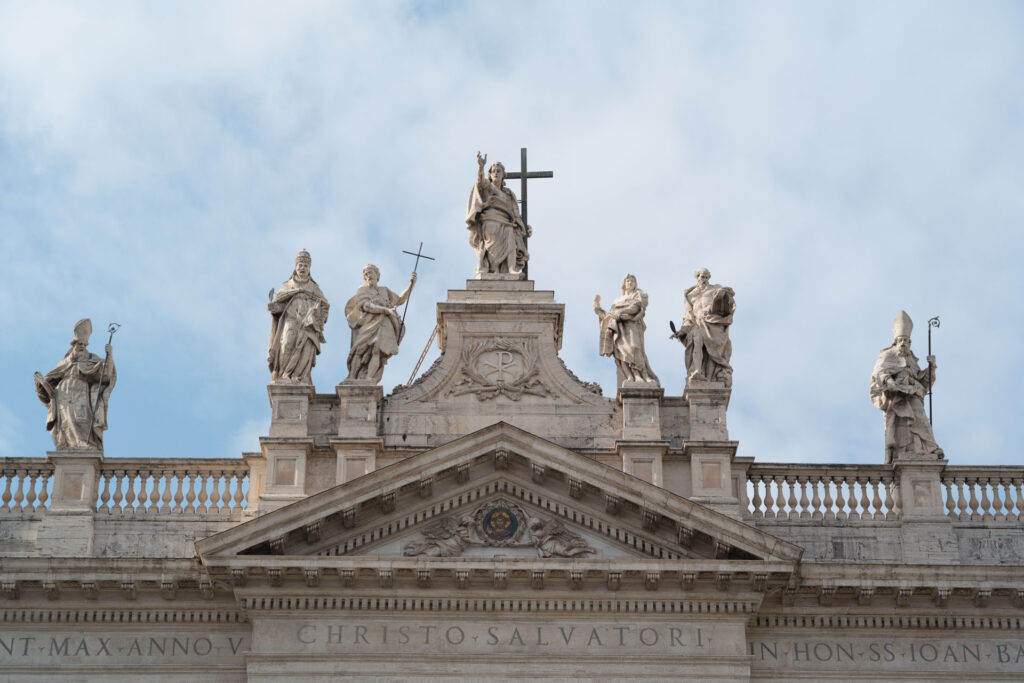
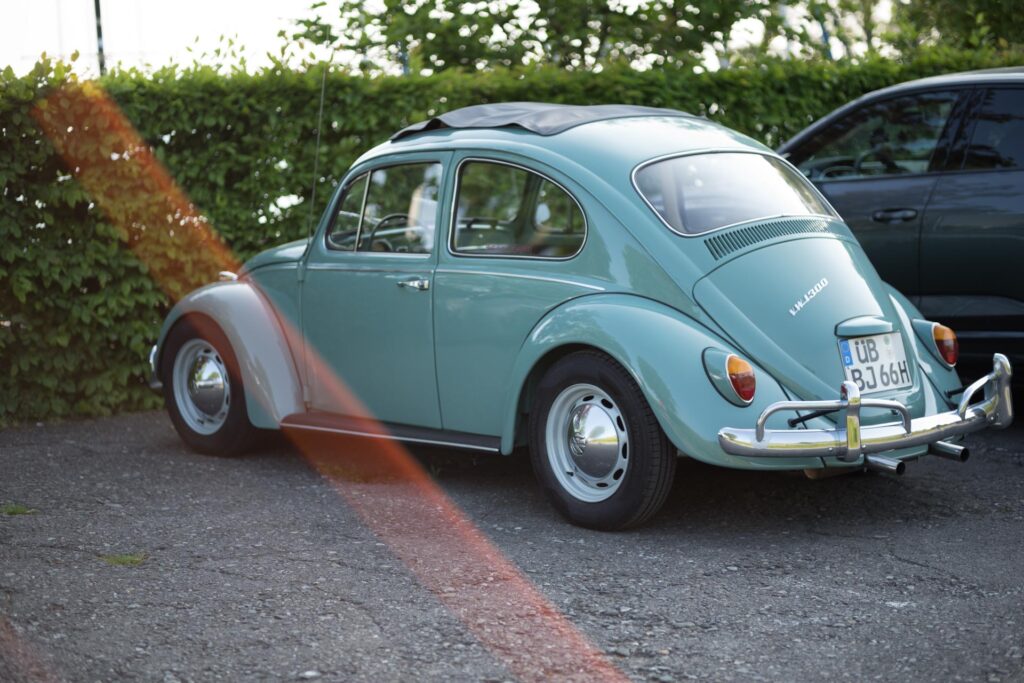
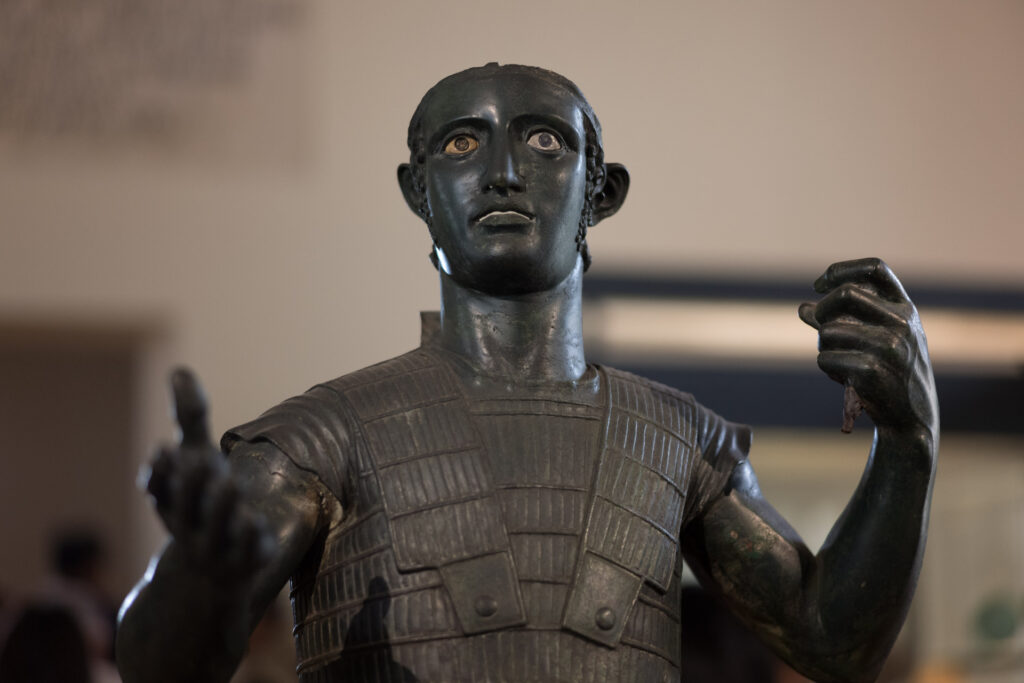
Focusing
The focus ring travels smoothly over about 90 degrees from 70cm to infinity. The throw is just right for precise and fast focusing, with two-thirds of the movement in the most critical range between 70cm and 2m. This is excellent as the depth of field is very shallow. With the usual diffraction circle of 0.03mm (which is actually not small enough for high-resolution sensors), you only have 15mm focused to 1m at f/1.5, which is less than the distance from an eyelash to the pupil.
Viewfinder
The Nokton 75 makes the correct 50/75 frame lines appear in the viewfinder of a Leica M. The lower-right area is significantly obstructed by the lens, even without the hood. With the hood attached (and the necessary mounting ring), about 20 per cent of the image is blocked. This makes working with this lens on a rangefinder camera without an electronic viewfinder or live view on your display a little difficult.
My verdict, handling
The Voigtländer Nokton VM 75/1.5 is a fairly compact lens for its focal length and speed. It is well-built and a pleasure to use. However, the viewfinder block could be a killer negative for you, as precise framing is only possible with an electronic viewfinder or live view. This is, of course, particularly bad news for film photographers.
Alternatives to the Voigtländer Nokton VM 75/1.5
With its maximum aperture of f/1.5, the Voigtländer Nokton 75/1.5 fills a certain gap left by Leica’s discontinuation of the Summilux 75. This lens is the natural alternative to the Nokton, but good copies are hard to find. Many have been used as workhorses by professional photographers. If you don’t want a worn-out lens, expect to pay up to €4,000 for a good Summilux 75. I cannot comment on this lens; I had one in my hands only once, but never used it.
The 75mm focal length is not covered by many third-party manufacturers. Keep in mind that the 75 is not yet a real classic rangefinder focal length as it came to the Leica world relatively late—the M4P from 1980 was the first camera to offer the corresponding frame lines at all. Today, Leica has the APO-Summicron 75/2, an excellent performer and a very compact lens that I love to use. Voigtländer’s new Ultron 75/1.9 could also be an interesting option.
If you need speed (and have the necessary resources), the Leica Noctilux 75/1.25 is even faster than the older Summilux and Nokton. But it costs 13 times as much as the Nokton, and few rangefinder photographers will be able to afford it. Finally, there is a fast 75/1.25 from 7Artisans. This seems to be another case of imitating a Leica product, right down to the external design and specifications. On the other hand, the 7Artisans is considerably cheaper than the Nokton and only a twentieth of the price of the Leica.
Voigtländer Nokton VM 75/1.5: The bottom line
The Voigtländer Nokton VM 75/1.5 is a good lens that gives you a small telephoto effect. Combined with a wide angle, it can double as a standard lens. However, the 75 has some weaknesses when used wide open, at close focus and off-axis, especially in any combination. On the other hand, you get a really fast lens in a handy package at a reasonable price.
Conclusion
What have I learned from working with the Voigtländer Nokton 21/1.4 and 75/1.5? Foremost, these two focal lengths are a wonderful setup for many of my use cases. And I like the idea of having two fast lenses, the wide-angle for its specific creative potential, the short telephoto for its portrait and detail capabilities. In fact, I hardly ever missed a 35mm or a 50mm when I was out and about with these two lenses.
Both Voigtländer Nokton VM lenses offer good value for money
The quality of the two lenses leaves little to be desired. I would say the 21 is better, with stronger performance at full aperture and better sharpness across the field. The 75 can be a bit dreamy wide open, which may be desirable for portraits but not for landscape or architectural photography. My two copies were well-adjusted to the rangefinder cameras. Using f/1.5 at 75mm remains a challenge, so practice and accept that not every shot will be a keeper. For a Leica M, consider a viewfinder magnifier or an EVF on an M240 or later digital.
In both cases, I recommend the lenses for digital rather than analogue use. Sure, their performance will be good to excellent on any film-loading Bessa, Leica M or Zeiss Ikon. But an electronic viewfinder and instant control over the result is more than useful in both cases. The 75 can be difficult to focus, while the 21 can make exposure difficult. With experience, however, these challenges can be overcome.
21+75: An interesting kit, with or without Noktons
Together, the two lenses make a fine kit. The pair costs less than the cheapest new Leica lens and yet opens up an almost unlimited spectrum of creative possibilities. I can recommend this combination to any rangefinder photographer who wants or needs a competent, fast two-lens kit. For some users, however, a pair of slower and smaller lenses may be even more interesting (get inspiration from the M Files Navigator). That’s for you to decide.
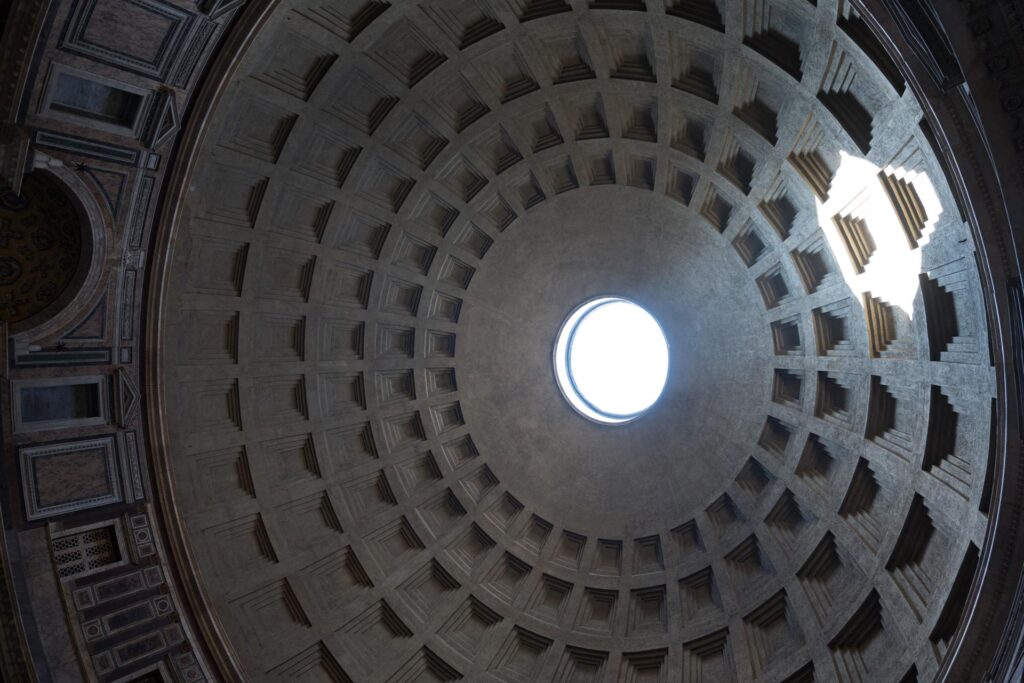
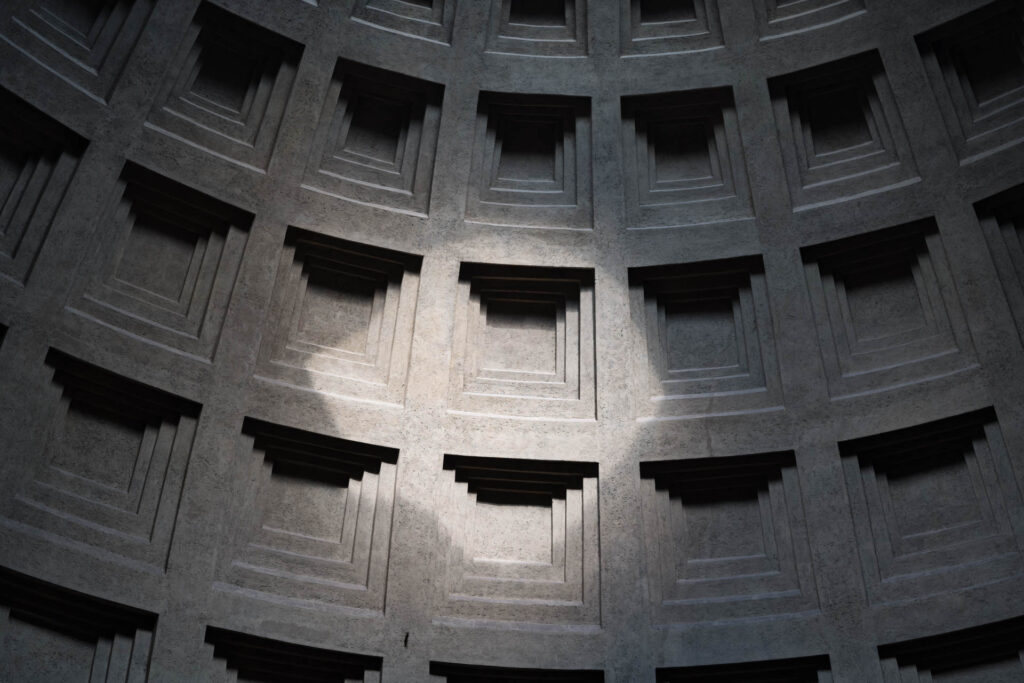
The M Files: Get in-depth knowledge of M-Mount lenses, cameras and suitable accessories
The M Files is an ongoing project on Macfilos that focuses on photographic equipment with or for Leica M-Mount, made by companies other than Leica or which are otherwise not part of Leica’s M system. It follows a more or less encyclopaedic approach without being scientific. The focus is always on the real-life use and usability of cameras, lenses and other items. Products covered by The M Files include cameras, lenses, viewfinders, light meters and more. Brands on the growing list include Contax, Konica, Minolta, Rollei, Voigtländer and Zeiss.
Die M-Files: M-Mount-Objektive, -Kameras und passendes Zubehör jenseits von Leica M
Die M-Files sind ein Langzeit-Projekt, das sich auf Foto-Ausrüstungsteile mit oder für Leica M-Bajonett konzentriert, die von anderen Firmen als Leica hergestellt wurden oder die nicht zum M-System von Leica gehören. Es verfolgt einen mehr oder weniger enzyklopädischen Ansatz, ohne wissenschaftlich zu sein. Der Schwerpunkt liegt immer auf der praktischen Nutzung von Kameras, Objektiven und anderen Produkten. Zu den in den M-Files besprochenen Produkten gehören Kameras, Objektive, Sucher, Belichtungsmesser und mehr. Einige der Marken auf der wachsenden Liste sind Contax, Konica, Minolta, Rollei, Voigtländer und Zeiss. In deutscher Sprache erscheinen die Inhalte auf www.messsucherwelt.com.
Want to contribute an article to Macfilos? It’s easy. Just click the “Write for Us” button. We’ll help with the writing and guide you through the process.

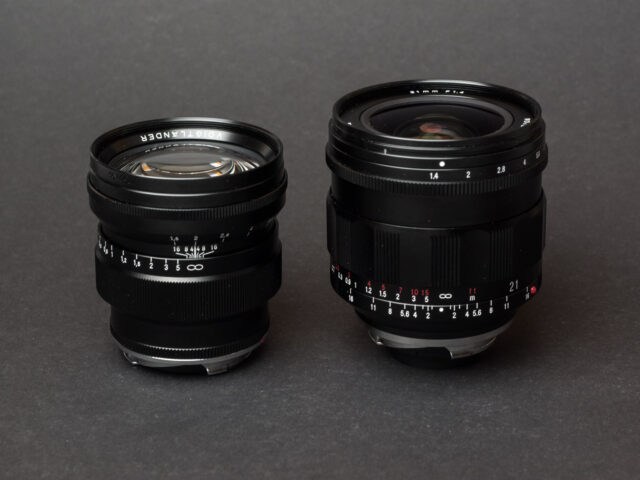


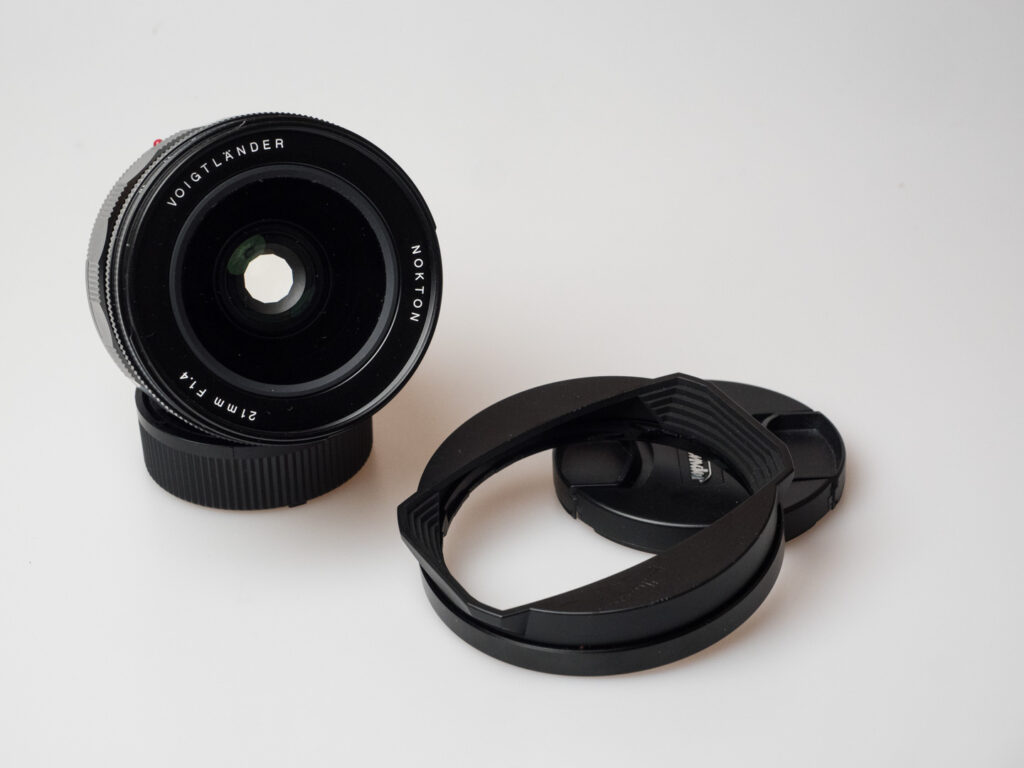
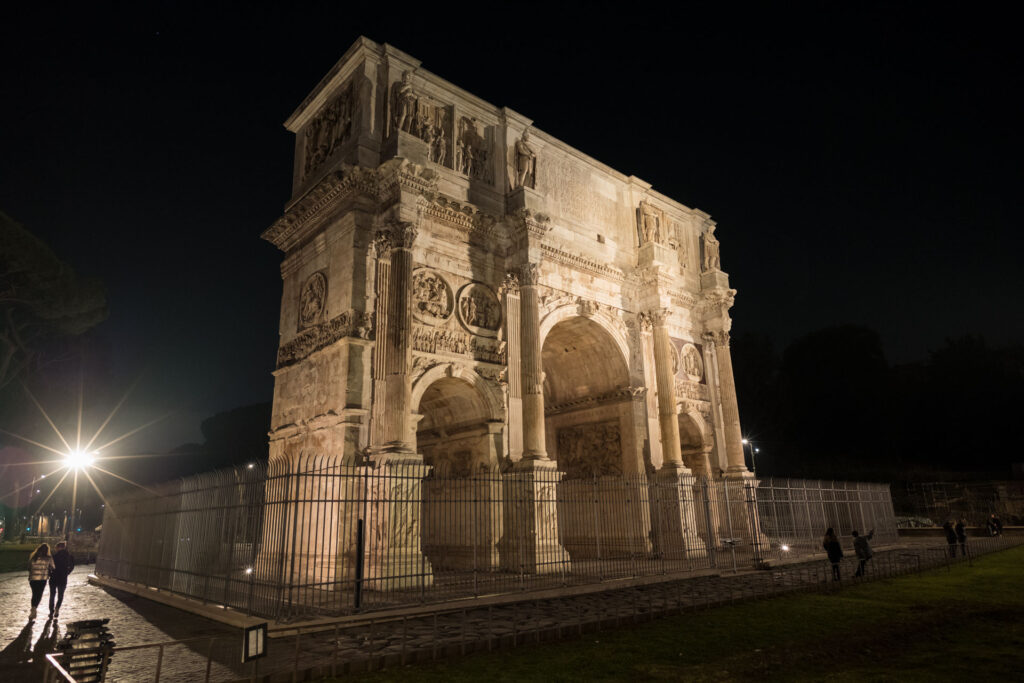
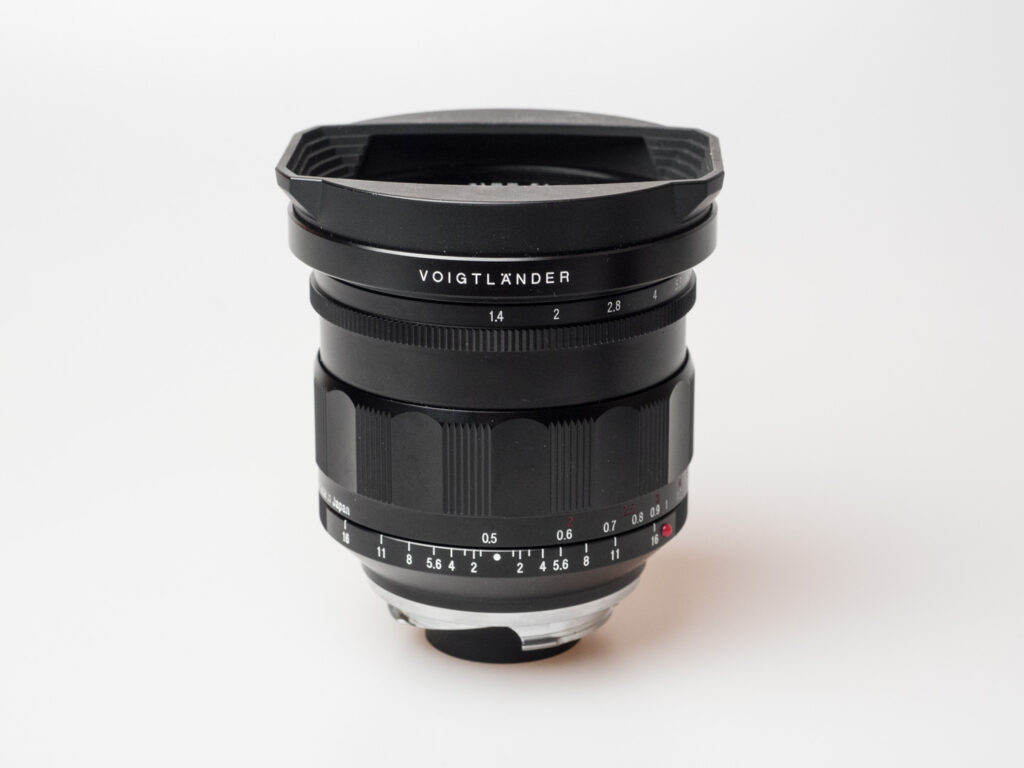
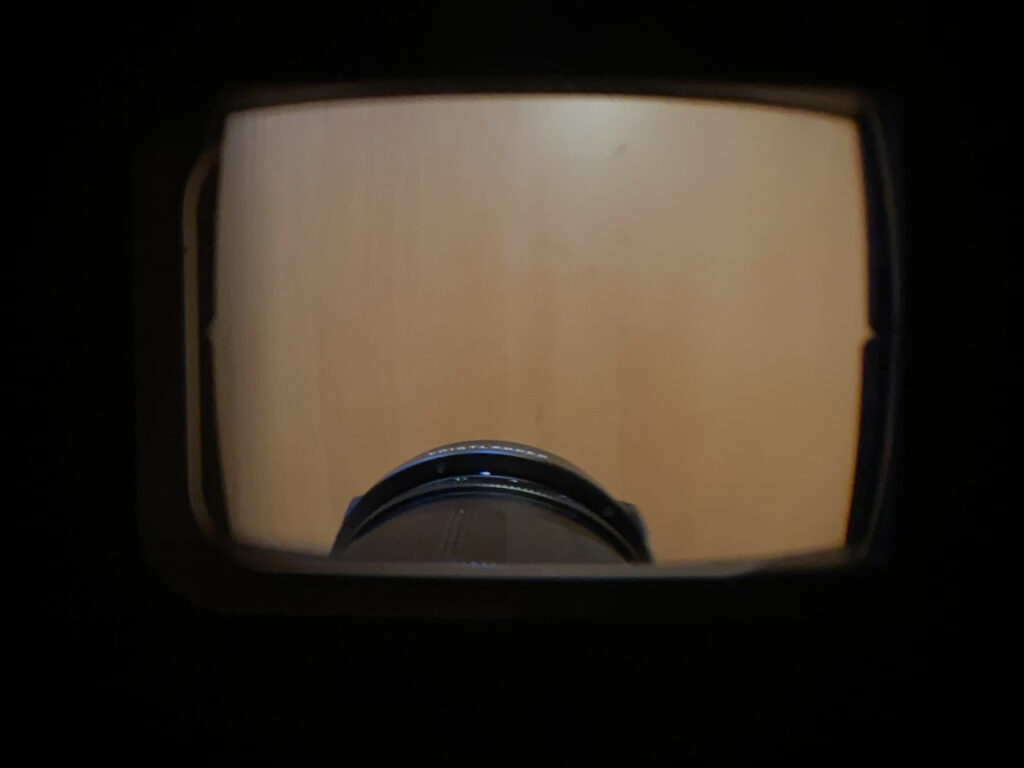
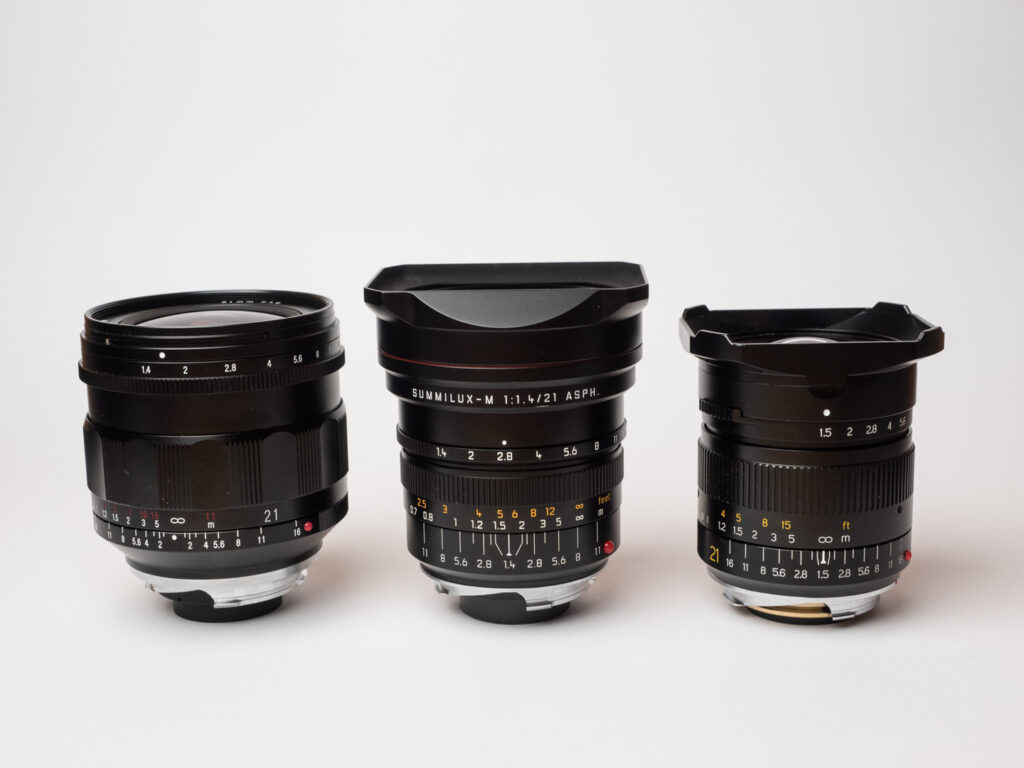
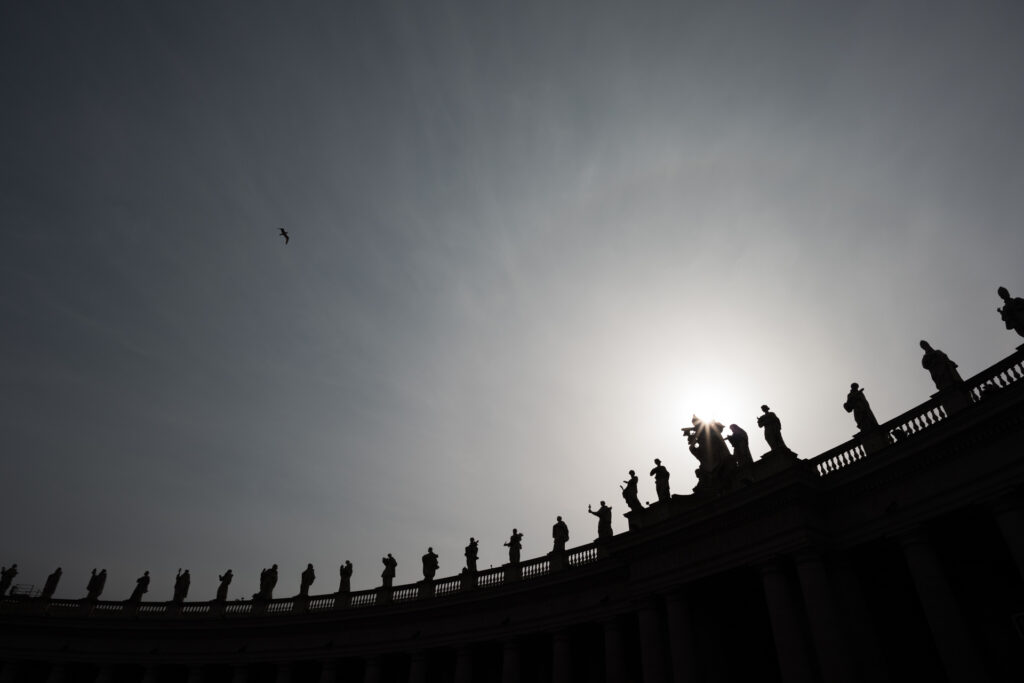
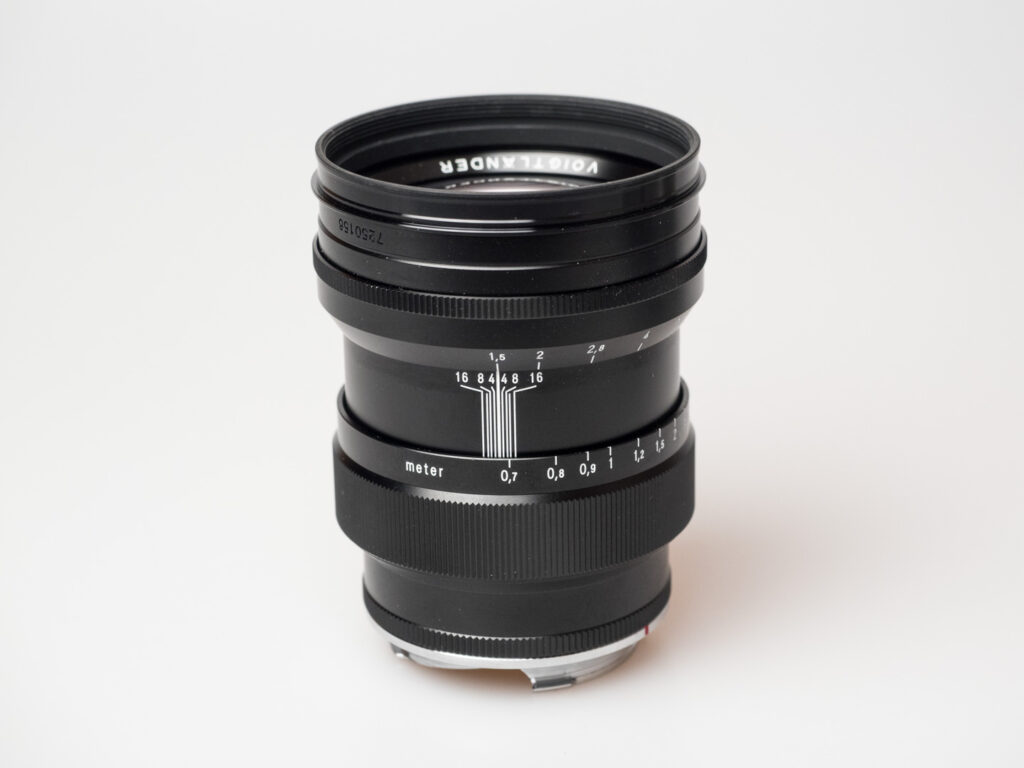
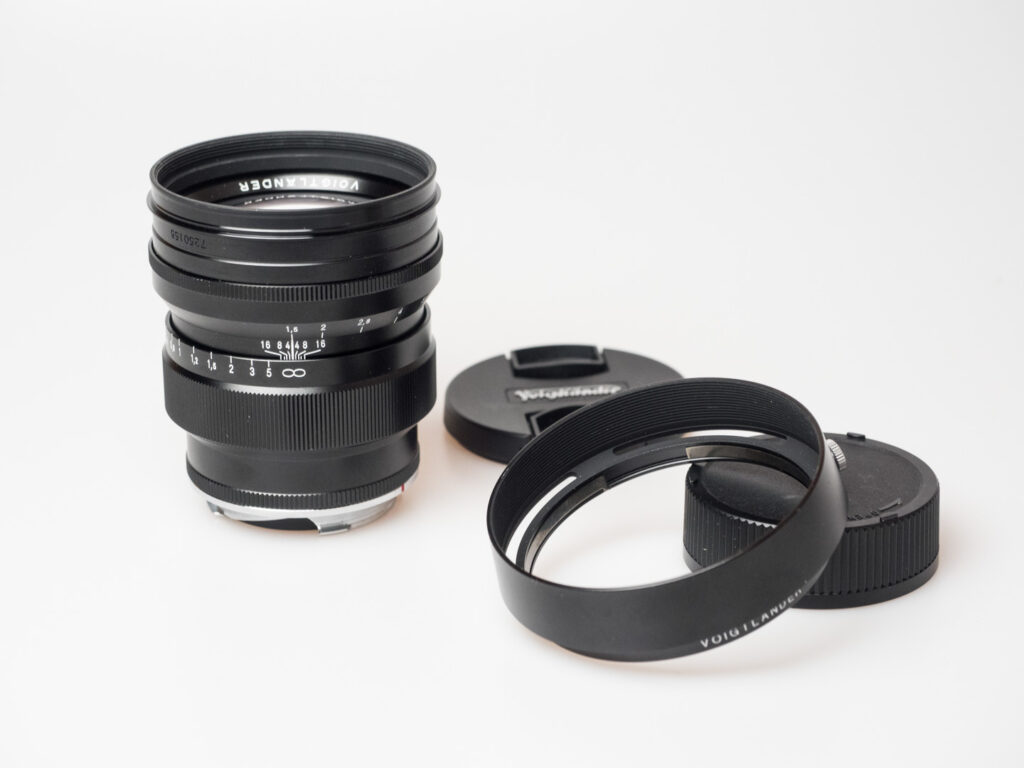
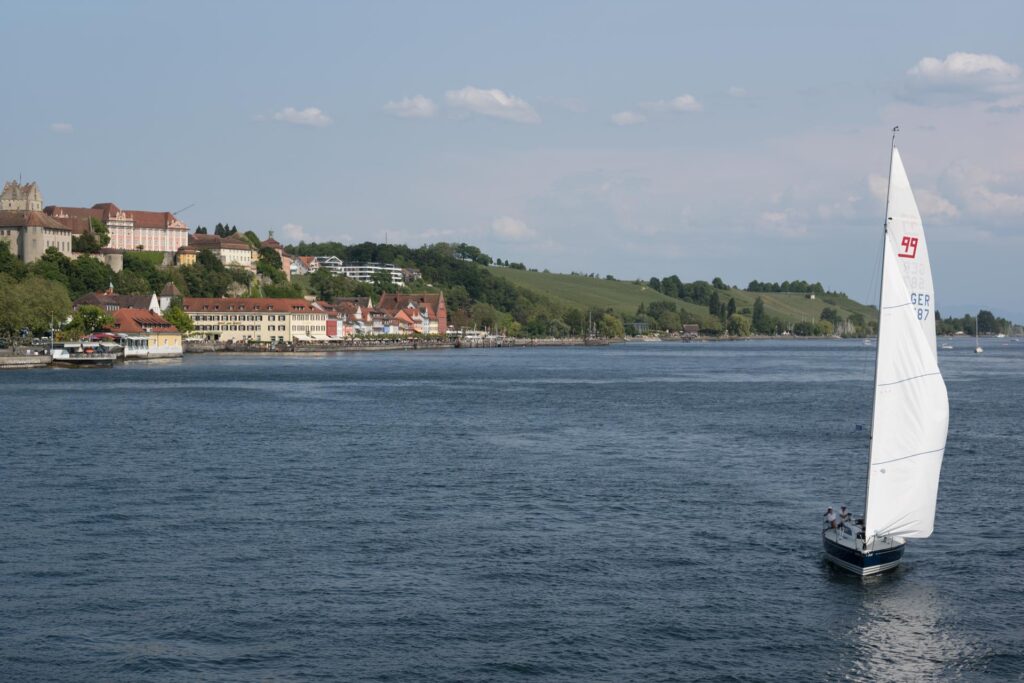
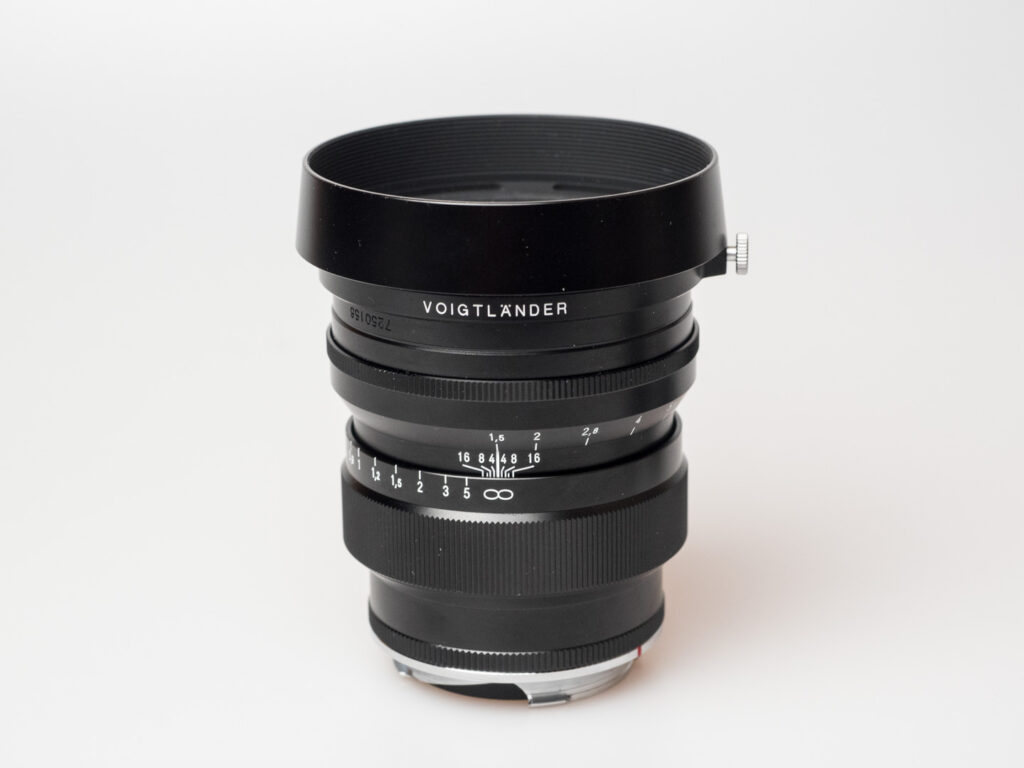
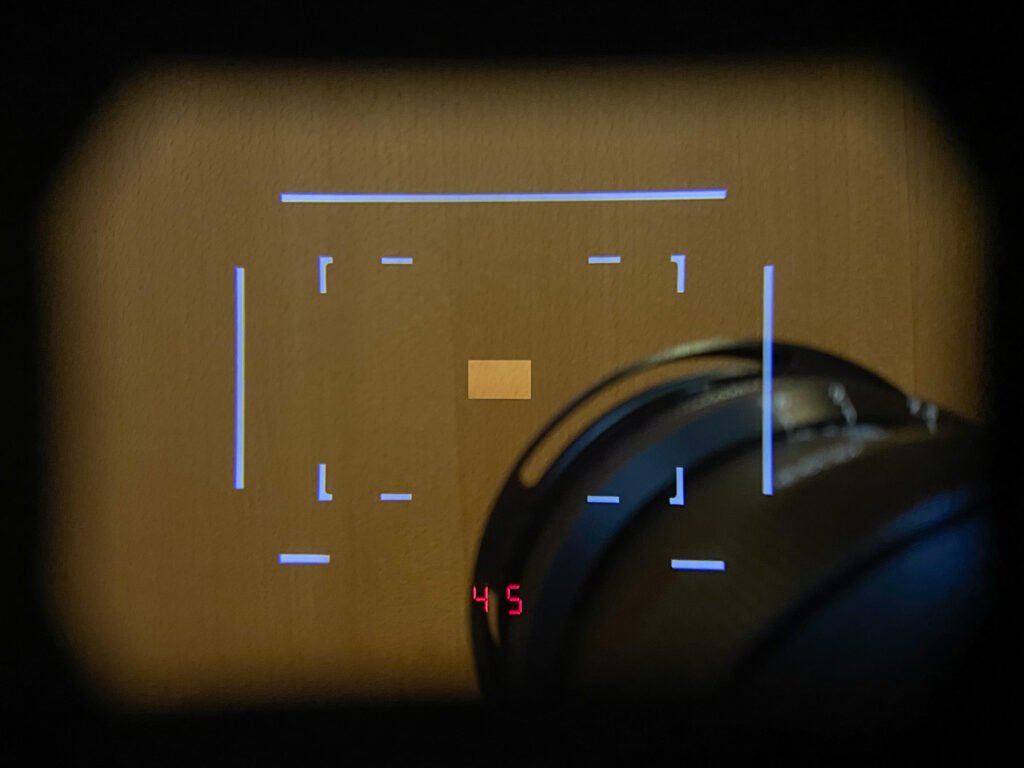
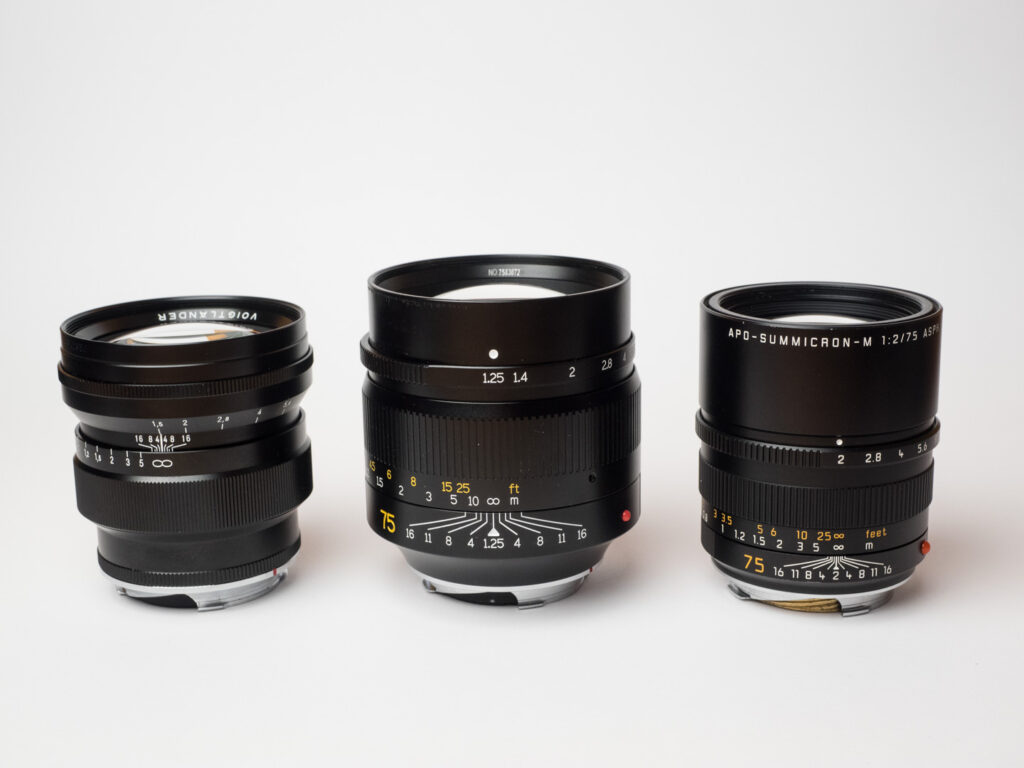
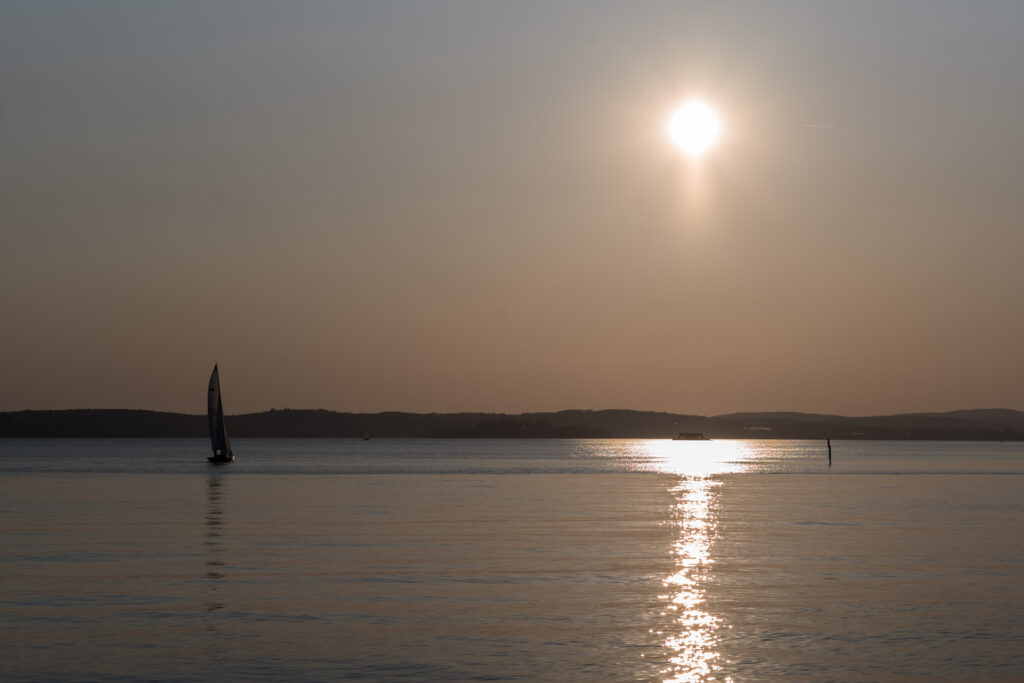
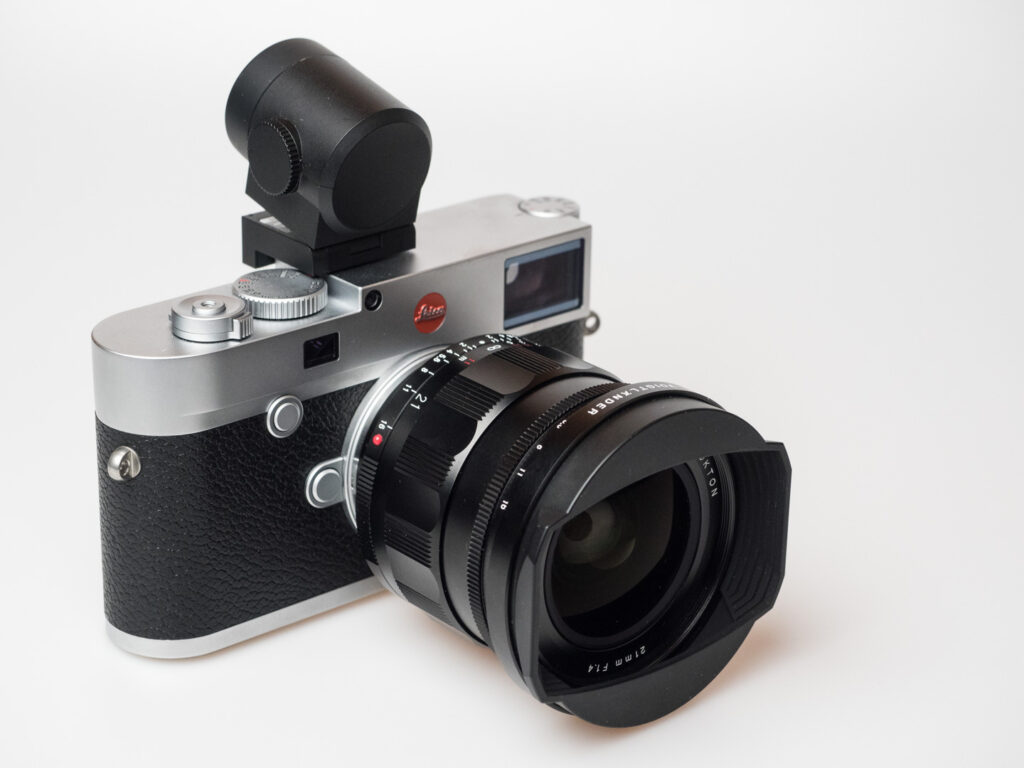




Great review. I still own the Voigtlander 75mm although I use it less and less but that is more because I am falling out of love with 75mm as a focal length, nothing to do with the lens. It can be a touch soft but very usable. I’ve had and sold the 21mm. It is a stunning performer but just too big in the end for the very few occasions I really need F1.4 at that focal length…. thanks for the write-up!
Hi Joerg-Peter, thanks so much for this excellent review. I had been looking at the 75/1.5 lens as a potential future purchase, especially as it is available in silver, but your review has given me pause. If I bought it would definitely want to use it for architectural and landscape photography, and so I am now thinking I should reconsider! Sounds as if a used 75mm summarit would be a better bet. All the best, Keith
Keith, the 75mm Apo-Summicron is also an excellent lens that is worth considering.
Dear Keith, glad to read that the article was useful for you. The 75/1.5 seems to be a bit controversial indeed. I would opt for the Summicron or Summarit, but other users are pretty convinced of the Nokton. Dirk Säger commented on Messsucherwelt that he owned an sold the Nokton because he wanted more sharpness. Others swear by it. Maybe you find someone in California who could give it to you as a loan? JP
I’ve got to say, Voigtländer have really upped their game lately. I needed another fast 50mm lens, so I bought the 50/f1.0 for a film camera in VM mount. It’s incredibly sharp on the M11, making it perfect for film use. I also bought the 40mm f2.8 Heliar because it’s very sharp as well as very small and light. Ideal for street photography, it also produces excellent images.
My wife wanted a manual mechanical lens so has the Nokton classic 35/f1.4 II on her CL giving an effective 50mm FoV, This is another great lens, which I image to be very similar to the Steel Rim 35lux. I’ve only ever used Leica lenses up to now, but after trying these Voigt’s I’m super impressed.
Dear Röd, a wonderful setup. As I replied above, the 50/1.0 is in the works right now. Seems to be an outstanding lens from what I have seen so far. The Heliar 40 is another wonderful lens for sure, I have already covered it The M Files. The 35/1.4 is another kettle of fish. It is really special with it swirly bokeh wide open. If you like it, it is fine. JP
The great review on 2 lenses, as the other lens reviews. Nokton 21 is my favorite and one of my first lenses after M240 became my partner. Excellent one. Yes, big and heavy, to which I am now used. The problem is the big front lens, which can be touched by hand, so I put the UV filter to cover, and then with the original hood, then have to remove the hood, put the cap, but the hood cannot be attached. So now use the non original screw lens hood. Nokton 75 was the candidate, but I could find summilux 75 in the very good condition, which is also heavy but gives very good rendering.
Thanks, YutakaKunu, for pointing out the filter issue. This is a further annoyance with this otherwise wonderful lens. Voigtländer should design a new version of the lens hood with a viable front cap solution. Can’t be all that difficult. As for UV filters, I am a bit reluctant generally. They certainly do offer some mechanical protection but then again it is a glass-air-surface that no design is calculating in. I personally resorted to the following solution: UV filter for the lenses I am taking to critical places (dirty, sandy, seawater spray) and no filter for the more relaxed work. But everyone’s mileage may very. JP
Hi, I just ordered the voigtlander 21/1.4 due to your reminder article. It will pair nicely with my Voigtlander 50/1 and Leica 90/1.5. Did I mention how magnificent the Leica m 90/1.5 lens is? It is up to Voigtlander quality and worth every dollar!
Congrats, Brian, I think you will not be be sorry for your purchase. 21 and 50 are a wonderful kit. JP
I have the Spectacular Voigtlander 35/2 apo. I must say that the Voigtlander 35/2 apo and 50/2 apo and 5/1.0 are spectacular lenses. I sold my 50/2 apo because it was redundant to the 50/1. These lenses are second to none. However, the Leica 35/2 apo is smaller than the Voigtlander equivalent with virtual identical performance in general. Leica is the master of magnificent smaller glass if that is important to you but at a breathtaking price premium. It is a challenge to make exquisite tiny lenses but the price dramatically increases. Also Leica lenses are 6 bit coded if that is critical. For me, 6 bit coding is not critical. Manual 6 bit coding is possible but I only succeeded once on an old Leica 75/1.4. I eventually sold that lens because I did not like its swirly bokeh.
My m kit now only has one Leica lens: the breathtaking gorgeous 90/1.5. It is so much smaller than my bokeh master Sigma 105/1.4 but it does have autofocus. I used to own m Leica 21/3.4, Leica 24/3.8, Leica 18/3.8, leica 35/1.4, Leica 50/1.4, Leica 90/2 APO, Leica 135 APO. I think Voigtlander is chipping on Leicas once secure glass sales. There was a time when Leica glass was a no brainer if you could afford it. I believe the Voigtlander has ended that with their relatively recent releases. I am picky about my glass rendering and have mostly switched to Voigtlander. I have done this because of rendering; not cost.
Hi Brian, sorry to break this to you but you are probably never going to be accepted in the Leica Society now… 🙁
Perhaps Brian agrees with Groucho Marx: I refuse to join any club that would have me as a member.
Another thorough and wonderful article from you. One tiny correction is a typo in the first bold text paragraph where 75/1.4 should be 75/1.5.
I have read nothing but very positive reviews on both of these lenses. The 21/1.4 is a spectacular lens in rendering but I have not purchased it yet.
I own the incredible voigtlander 50/1.0 and strongly prefer it to the Leica 50/0.95. We are certainly blessed with lens choices these days and in some cases the “thrifty” lenses are not second class. These are great days in photography.
That’s funny. We picked up that error (or at least Keith James did) and I thought I’d corrected it. Maybe I failed to save the file. But I will amend it later today. Thanks for eagle eyes. Do you want a job as a proofreader?
Just keeping you on your toes.🤣🤣
Hi Brian, thanks for your feedback. The error might have be my own one. Indeed, Voigtländer is entering genuine Leica territory with their latest lenses. The 50/1.0 is in the works right now, and what I have seen is impressive. So stay tuned for new episodes of The M Files! JP
Hi J-P!
I use the Voigt 21mm (we-ell; I’ve several 21mm lenses) f1.8. I tried it side by side with the Leica 21 f1.4, but something in the V 21 f1.8 just delivered, I seem to remember, a bit more sharpness and contrast wide open – not surprising really, as it has a slightly smaller max aperture.
The Voigt pictures just looked ‘crisper’, so I chose that one (..I didn’t try the V 21 f1.4, as far as I remember). I’ve never been disappointed. (That’s on an M camera: M9, M10-P. I don’t have an SL or any Leica SLR.)
It’s odd, as I do have a Leica 24mm f1.4, and love that, but the V 21 f1.8 has just the right amount of ‘snap’ and ..I dunno what you’d call it: ‘micro-contrast’, perhaps. And its bokeh is great, too.
I DO have the Voigt 75mm f1.5, and got that as I just wanted a bit more separation than when using the brilliant, brilliant Leica 75mm f2.5 (“cheapo”) ‘Summarit’. The Summarit is a brilliant lens; short ‘throw’ for quick focusing, narrow barrel which doesn’t intrude (much) into the finder ..mind you, mine’s been back to Solms twice to fix the repeatedly loose and floppy aperture ring!
(I prefer the V 75 f1.5 to the Leica APO 75 f2, too; slightly ‘crisper’; slightly shorter, faster ‘throw’; slightly better separation because of its slightly wider aperture.) But it’s all personal. Anything can be made ‘crisper’ or ‘contrastier’ with a touch of software ..and who cares which the lens was, as long as the picture really looks how you want it to?
Thanks, David, for your feedback. While the 21/1.4 wins general acclaim, the 75/1.5 seems to be a bit controversial. I prefer both the Summarit and the Summicron, but I fully understand why the Voigtländer lens has so many fans. All in all great news for all rangefinder users and for everyone who wants to adapt M-Mount lenses on their DSLM cameras. Maybe Cosina/Voigtländer/Ringfoto do more for the survival of M-Mount than Leica themselves. Thanks again, David, and knowing about your expertise in 21mm lenses I would be very interested to hear your opinion on the 21/1.4. Maybe we can arrange something later this year. JP